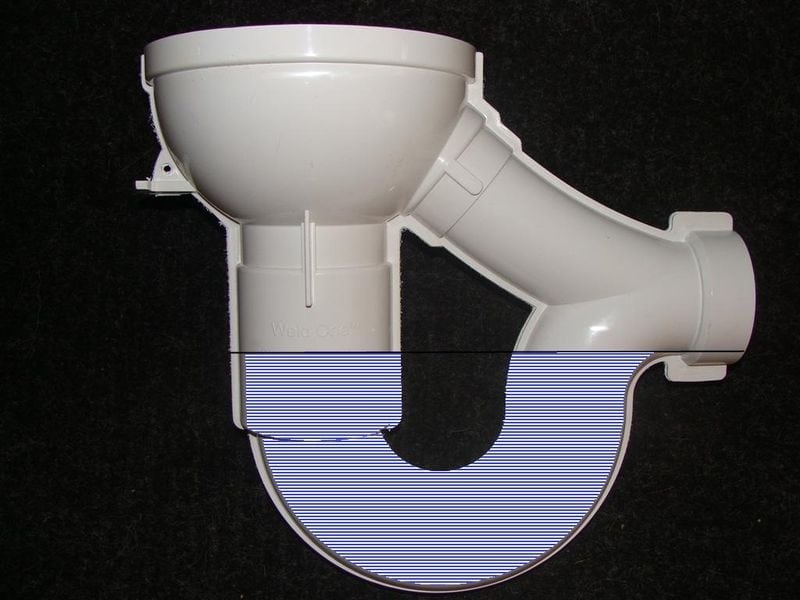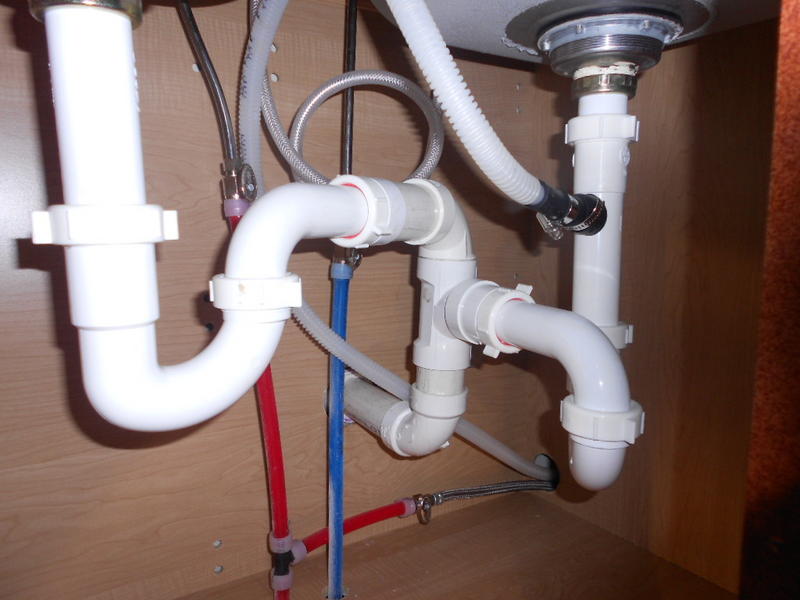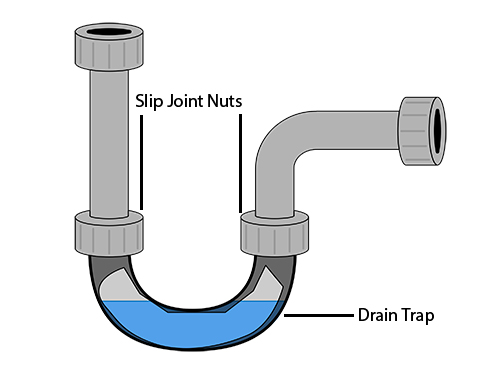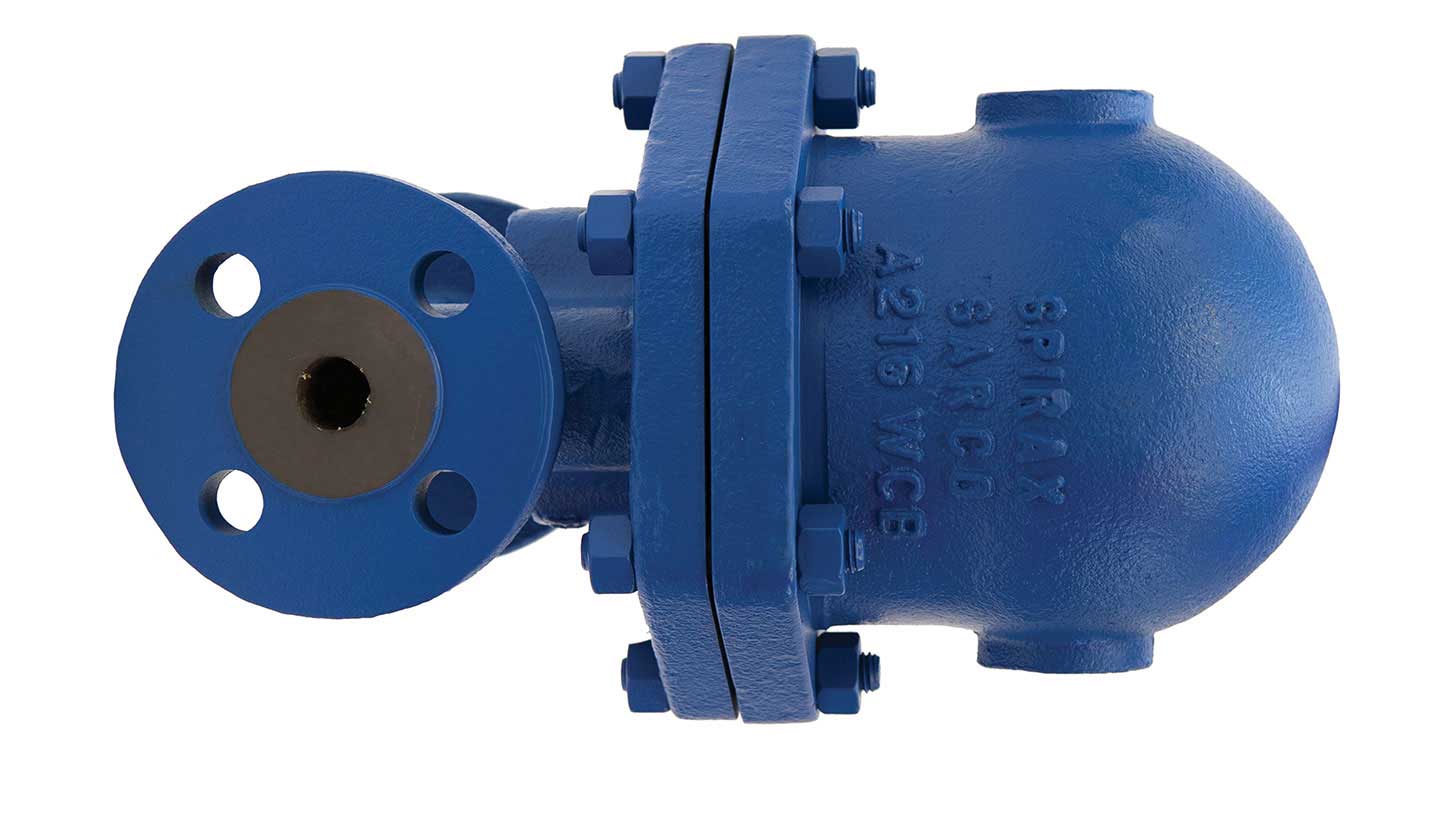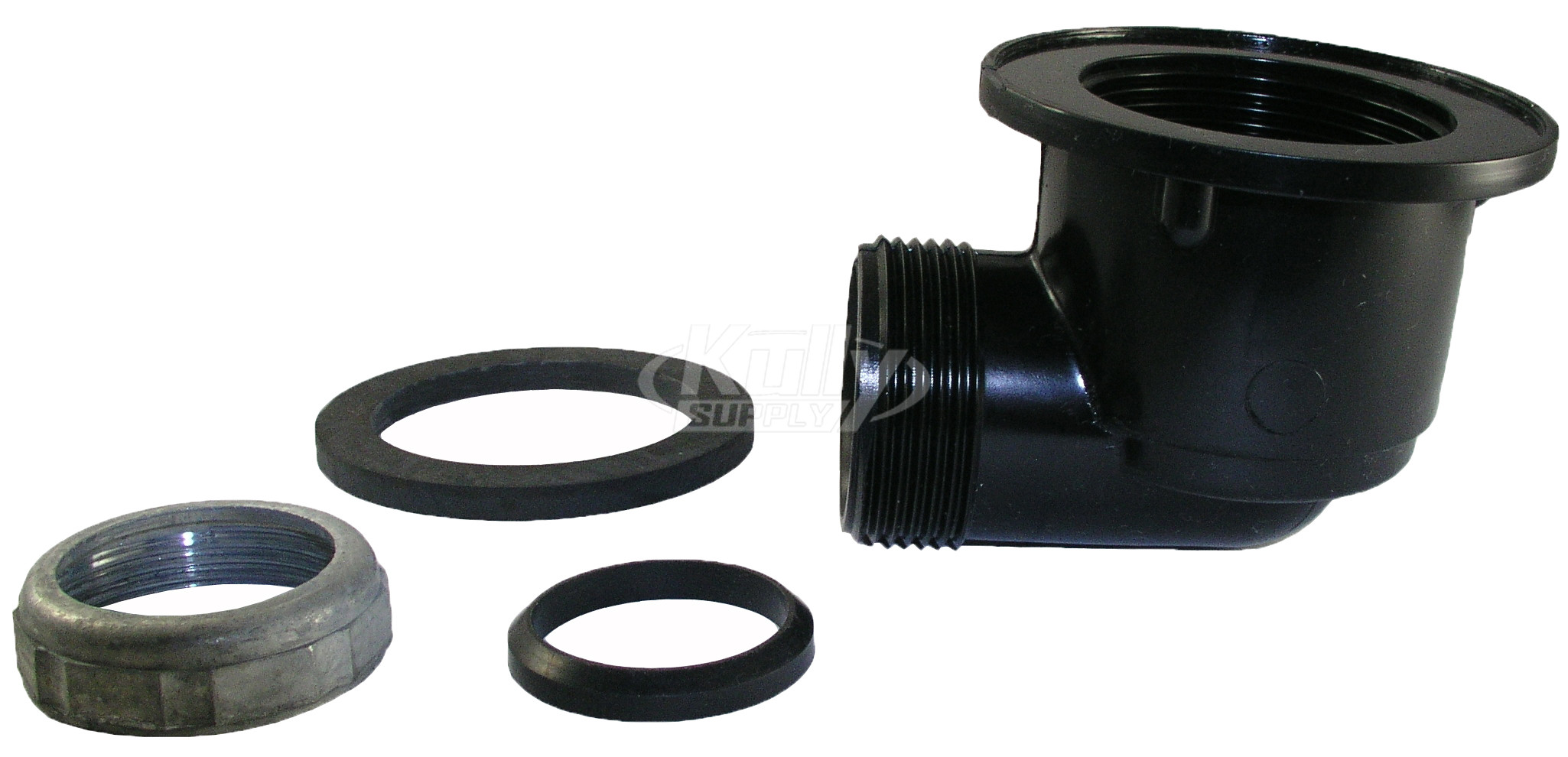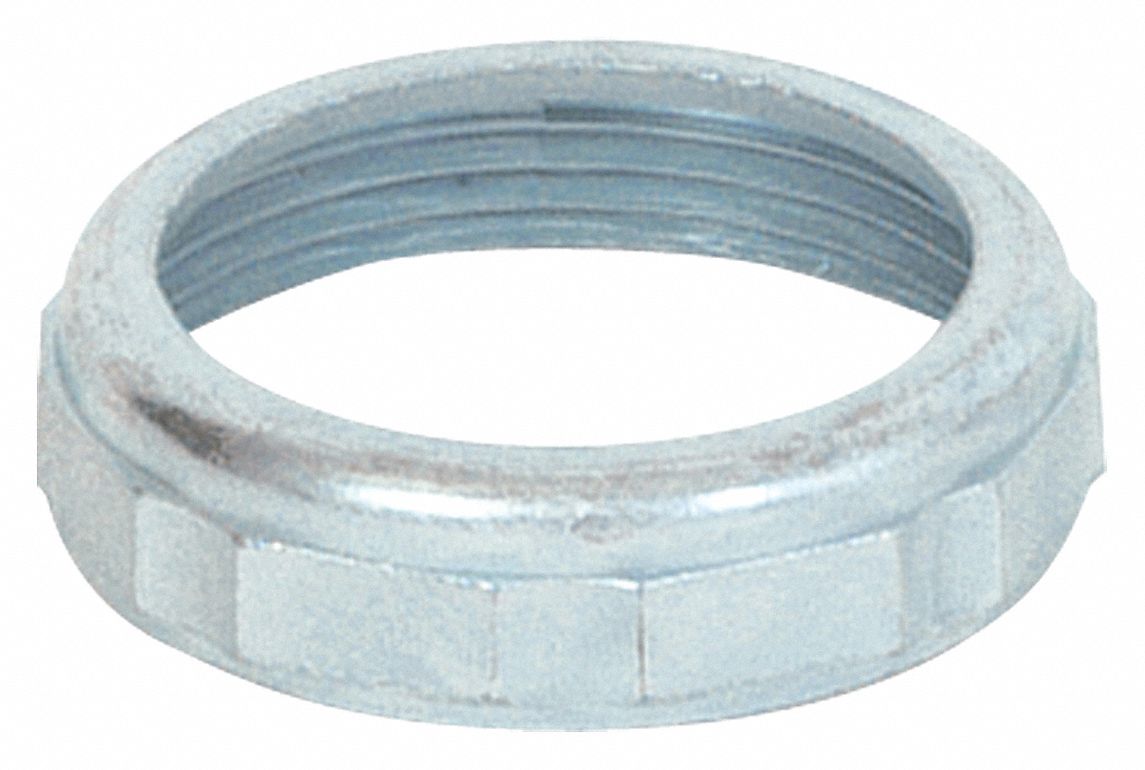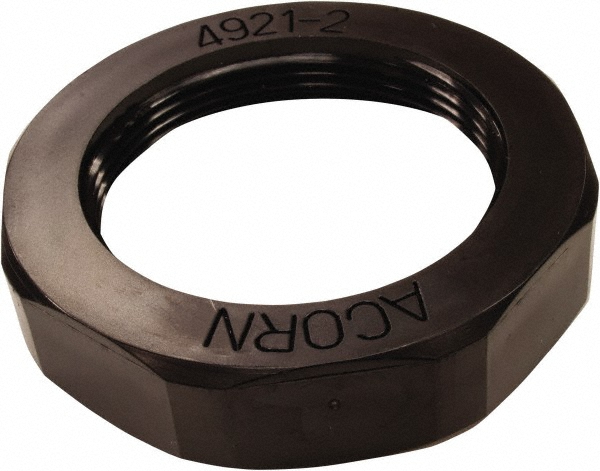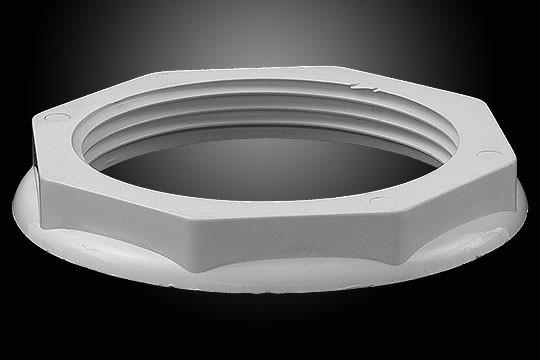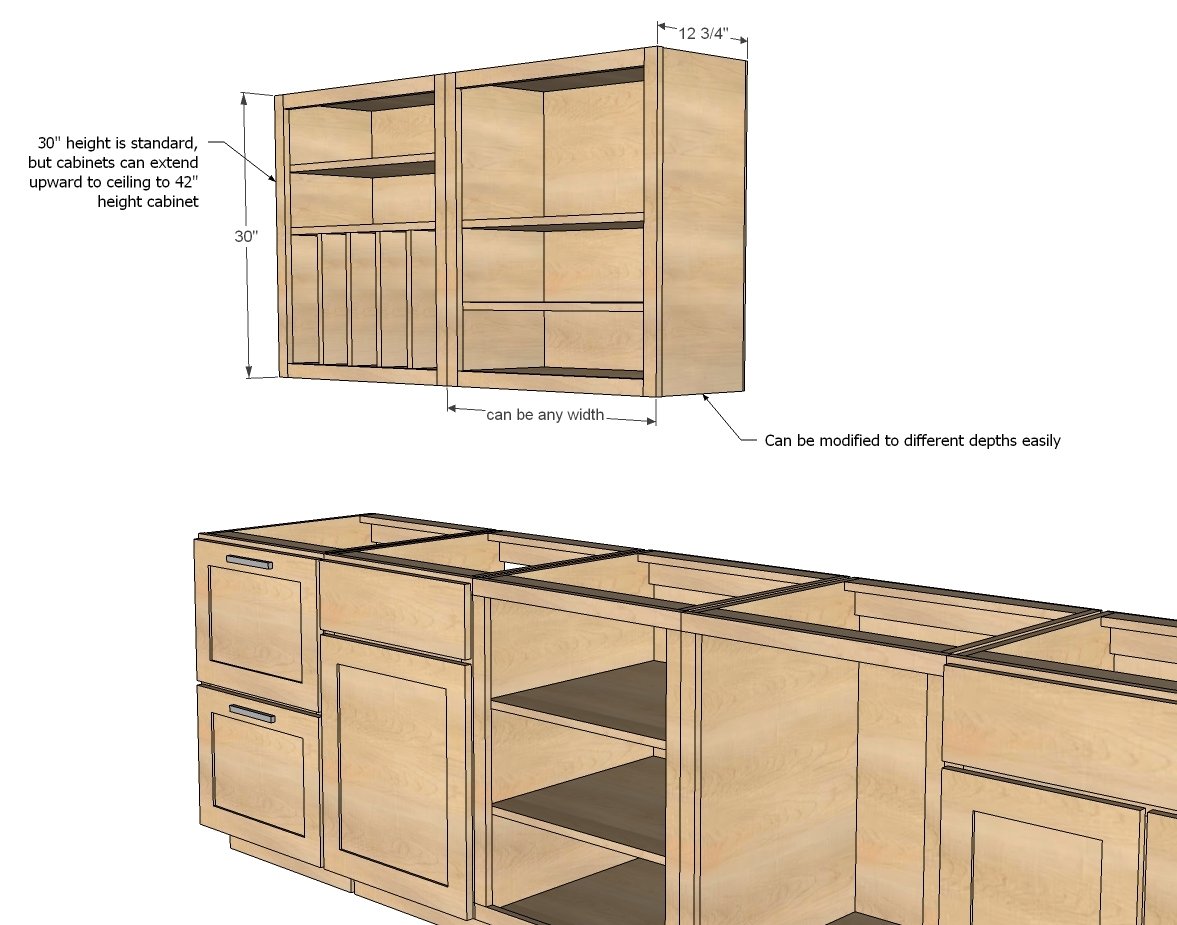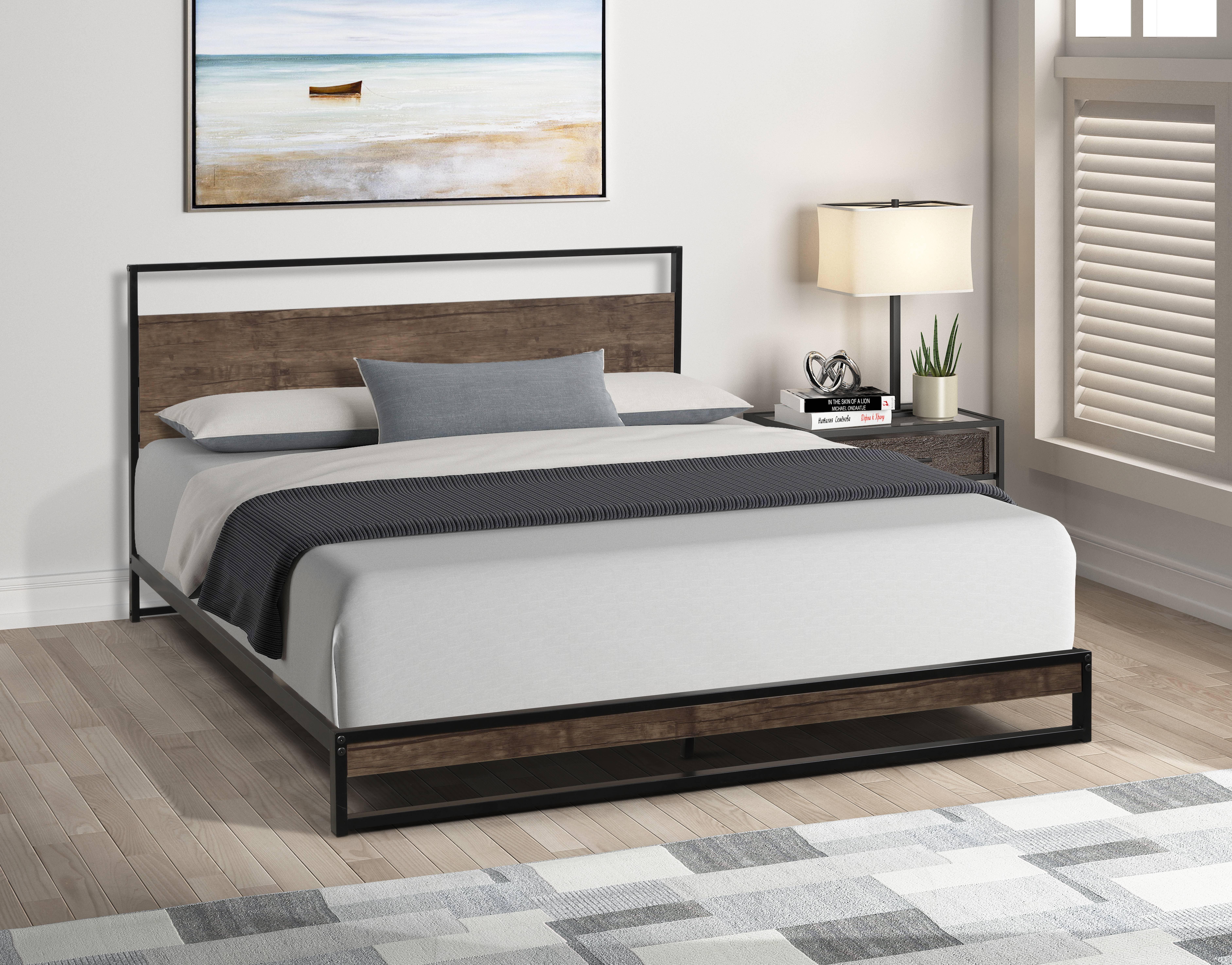The drain assembly is the main component of a kitchen sink drain system. It is responsible for collecting and directing water and waste to the plumbing system. This assembly consists of several parts that work together to ensure proper drainage. The drain assembly typically includes a drain flange, drain stopper, drain basket, drain strainer, drain tailpiece, drain elbow, drain pipe, drain trap, and drain nut. Each of these parts has a specific function that contributes to the overall functionality of the kitchen sink drain.1. Drain Assembly
The drain flange is a ring-shaped piece that sits at the top of the drain opening in the sink. It is typically made of metal and has a threaded section where the drain stopper can be screwed in. The flange also acts as a seal between the sink and the drain assembly, preventing water from leaking out. When installing a new kitchen sink, it is essential to choose a drain flange that matches the sink's material and finish for a cohesive look. A stainless steel drain flange would be ideal for a stainless steel sink, while a chrome drain flange would complement a chrome sink.2. Drain Flange
The drain stopper is a small, round disk that fits inside the drain flange. It can be lifted or pushed down to open or close the drain, respectively. When the stopper is closed, it creates a seal that prevents water from draining out of the sink. There are various types of drain stoppers, including push/pull stoppers, lift-and-turn stoppers, and pop-up stoppers. Each of these operates differently and may have different mechanisms for attaching to the drain flange.3. Drain Stopper
The drain basket is a perforated metal or plastic basket that sits inside the drain opening. Its purpose is to catch larger pieces of food and debris and prevent them from clogging the drain. The basket can be easily removed for cleaning and then placed back in the drain. Some drain baskets come with a strainer basket cover that can be used to catch finer particles, such as coffee grounds or rice. This cover is often removable for easy cleaning.4. Drain Basket
The drain strainer is a small, round piece that sits on top of the drain basket. It has small holes or slots that allow water to pass through but catch larger food particles and debris. The strainer is essential for preventing large objects from entering the drain and causing a clog. There are different types of drain strainers, including mesh strainers and perforated strainers. Mesh strainers are better for catching smaller particles, while perforated strainers are better for catching larger objects.5. Drain Strainer
The drain tailpiece is a short, straight pipe that connects the drain basket to the drain elbow. It is usually made of metal and has a threaded end that attaches to the drain basket and a slip joint end that connects to the drain elbow. The tailpiece serves as a link between these two components and helps to direct water and waste towards the plumbing system. Some drain tailpieces have an adjustable length, which can be useful when installing a new sink or replacing the drain assembly.6. Drain Tailpiece
The drain elbow is a curved pipe that connects the drain tailpiece to the drain pipe. It is usually made of metal or plastic and serves as a connector between these two components. The drain elbow also helps to direct water and waste towards the plumbing system and can be adjusted for the desired angle. There are different types of drain elbows, including 90-degree elbows and 45-degree elbows. The choice of elbow will depend on the placement of the drain pipe and the desired angle of the drain assembly.7. Drain Elbow
The drain pipe is a long, straight pipe that connects the drain elbow to the plumbing system. It is usually made of PVC or metal and is responsible for carrying water and waste away from the sink. The drain pipe may also have a cleanout plug that can be removed to clear any clogs in the pipe. When installing a new kitchen sink, it is essential to ensure that the drain pipe is the correct size and length to fit the plumbing system and the sink's location.8. Drain Pipe
The drain trap is a curved section of pipe that is connected to the drain pipe. Its purpose is to hold a small amount of water to prevent sewer gases from entering the kitchen through the drain. The drain trap may also have a cleanout plug for easy access to remove any clogs. There are various types of drain traps, including P-traps and S-traps. P-traps are the most commonly used and are shaped like the letter "P", while S-traps are shaped like the letter "S". The choice of trap will depend on the plumbing system's layout and the location of the sink.9. Drain Trap
The drain nut is a small, round piece that is used to secure the drain assembly to the sink. It is usually made of metal and has threads on the inside that allow it to screw onto the drain flange. The drain nut can be tightened or loosened to make adjustments or remove the entire drain assembly. When installing a new kitchen sink, it is crucial to ensure that the drain nut is properly tightened to prevent any leaks. It may also need to be periodically checked and tightened if it becomes loose over time.10. Drain Nut
Understanding the Importance of Knowing Kitchen Sink Drain Parts Names

Efficient and Functional Kitchen Design
 A well-designed kitchen is not only aesthetically pleasing, but it should also be highly functional. One of the essential components of a functional kitchen is the sink and its drainage system. In order to properly maintain and troubleshoot any issues, it is important to have a basic understanding of the
kitchen sink drain parts names
. Knowing these names will not only help you communicate with plumbers and contractors effectively, but it will also save you time and money in the long run.
A well-designed kitchen is not only aesthetically pleasing, but it should also be highly functional. One of the essential components of a functional kitchen is the sink and its drainage system. In order to properly maintain and troubleshoot any issues, it is important to have a basic understanding of the
kitchen sink drain parts names
. Knowing these names will not only help you communicate with plumbers and contractors effectively, but it will also save you time and money in the long run.
Drainage System Components
 The
kitchen sink drain
is comprised of several components that work together to remove wastewater from the sink. These components include the
strainer
,
tailpiece
,
trap
,
slip nut
, and
drain pipe
. The
strainer
is the visible part of the drain that sits in the sink, preventing large food particles from entering the drainage system. The
tailpiece
is a straight pipe that connects the bottom of the sink to the
trap
. The
trap
is a curved pipe that traps debris and prevents sewer gases from entering the kitchen. The
slip nut
is a small, threaded connector that secures the
tailpiece
and
trap
together. The
drain pipe
is the long pipe that connects the
trap
to the main sewer line.
The
kitchen sink drain
is comprised of several components that work together to remove wastewater from the sink. These components include the
strainer
,
tailpiece
,
trap
,
slip nut
, and
drain pipe
. The
strainer
is the visible part of the drain that sits in the sink, preventing large food particles from entering the drainage system. The
tailpiece
is a straight pipe that connects the bottom of the sink to the
trap
. The
trap
is a curved pipe that traps debris and prevents sewer gases from entering the kitchen. The
slip nut
is a small, threaded connector that secures the
tailpiece
and
trap
together. The
drain pipe
is the long pipe that connects the
trap
to the main sewer line.
Common Issues and Troubleshooting
 Now that you are familiar with the main components, it is important to know how to troubleshoot common issues that may arise with your kitchen sink drainage system. A clogged sink is a common problem that can be caused by a variety of factors. Knowing the names of the different parts will allow you to pinpoint the source of the clog and fix it accordingly. For example, if the
strainer
is clogged, you can simply remove it and clean it out. If the
trap
is clogged, you can remove the
slip nut
and
trap
to clear out any debris. By understanding the different parts and their functions, you can easily troubleshoot and fix any issues with your kitchen sink drainage system.
Now that you are familiar with the main components, it is important to know how to troubleshoot common issues that may arise with your kitchen sink drainage system. A clogged sink is a common problem that can be caused by a variety of factors. Knowing the names of the different parts will allow you to pinpoint the source of the clog and fix it accordingly. For example, if the
strainer
is clogged, you can simply remove it and clean it out. If the
trap
is clogged, you can remove the
slip nut
and
trap
to clear out any debris. By understanding the different parts and their functions, you can easily troubleshoot and fix any issues with your kitchen sink drainage system.
Conclusion
 In conclusion, having a basic understanding of the
kitchen sink drain parts names
is crucial for maintaining an efficient and functional kitchen. Not only will it help you communicate effectively with professionals, but it will also save you time and money in the long run. Knowing the different parts and how they work together will allow you to troubleshoot and fix any issues with your kitchen sink drainage system. So next time you encounter a clogged sink, you'll know exactly which part to check and how to fix it.
In conclusion, having a basic understanding of the
kitchen sink drain parts names
is crucial for maintaining an efficient and functional kitchen. Not only will it help you communicate effectively with professionals, but it will also save you time and money in the long run. Knowing the different parts and how they work together will allow you to troubleshoot and fix any issues with your kitchen sink drainage system. So next time you encounter a clogged sink, you'll know exactly which part to check and how to fix it.

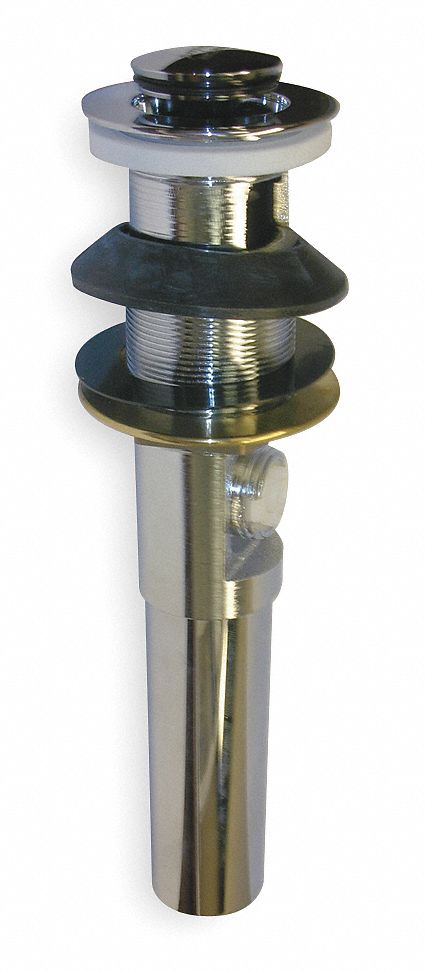
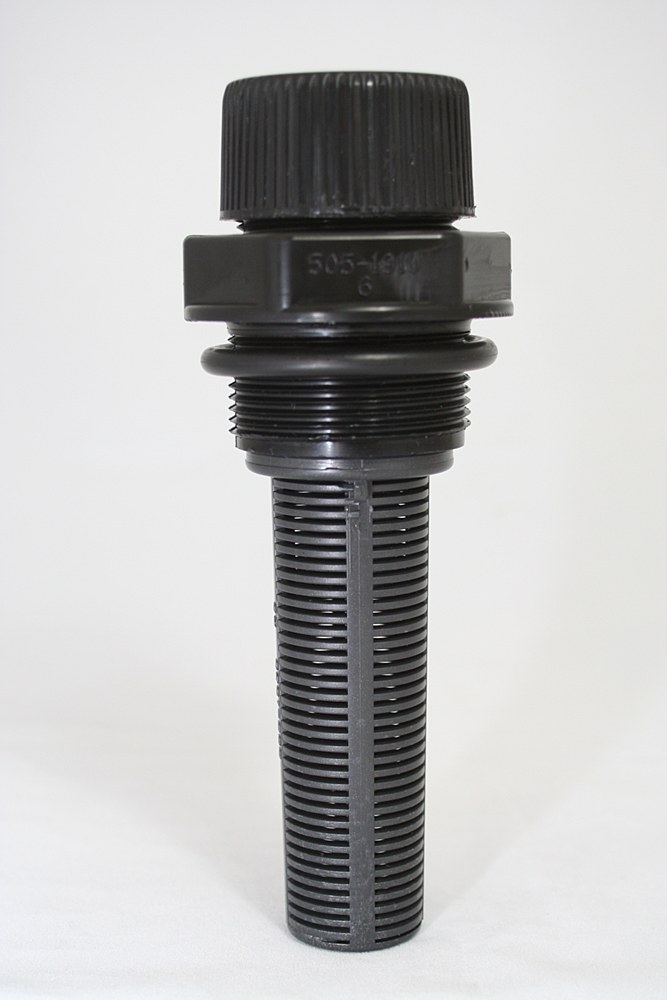

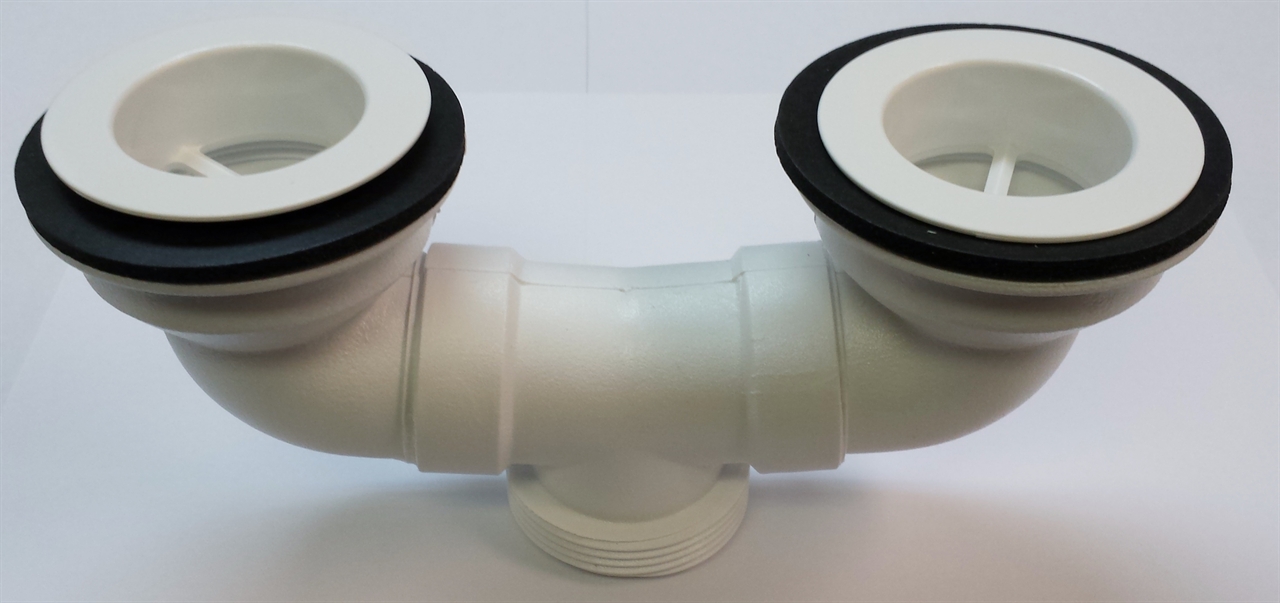
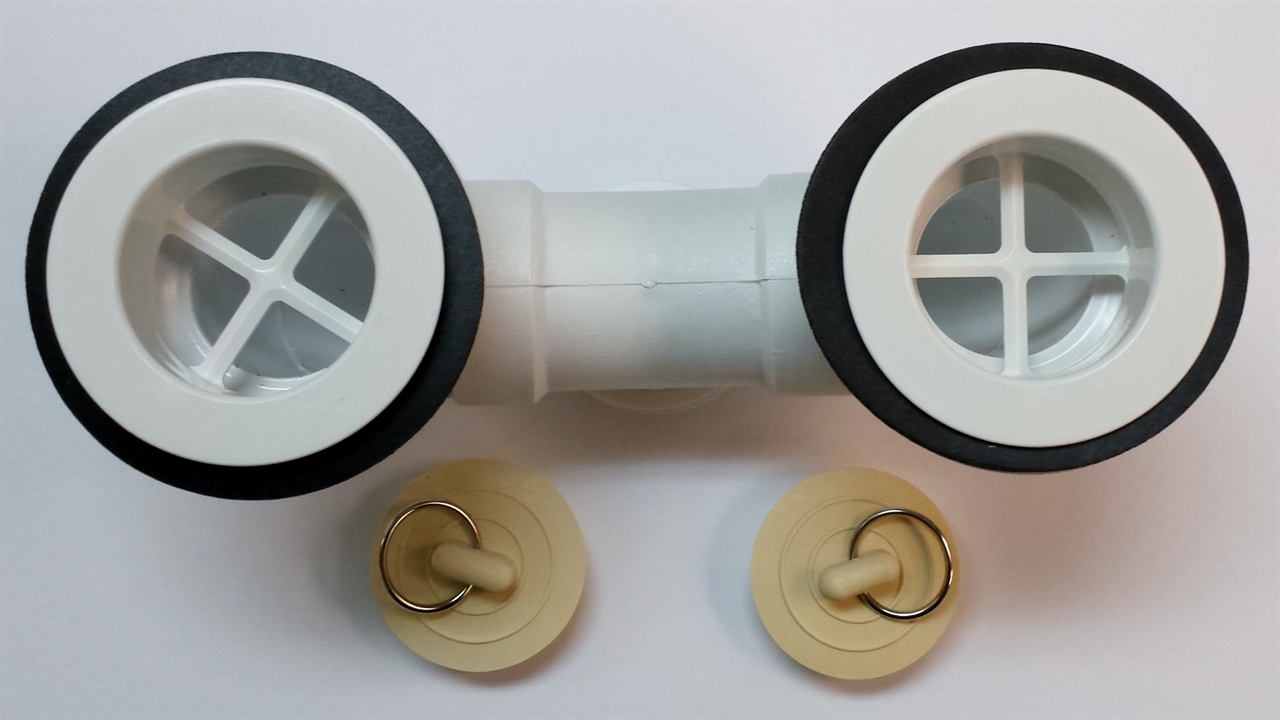

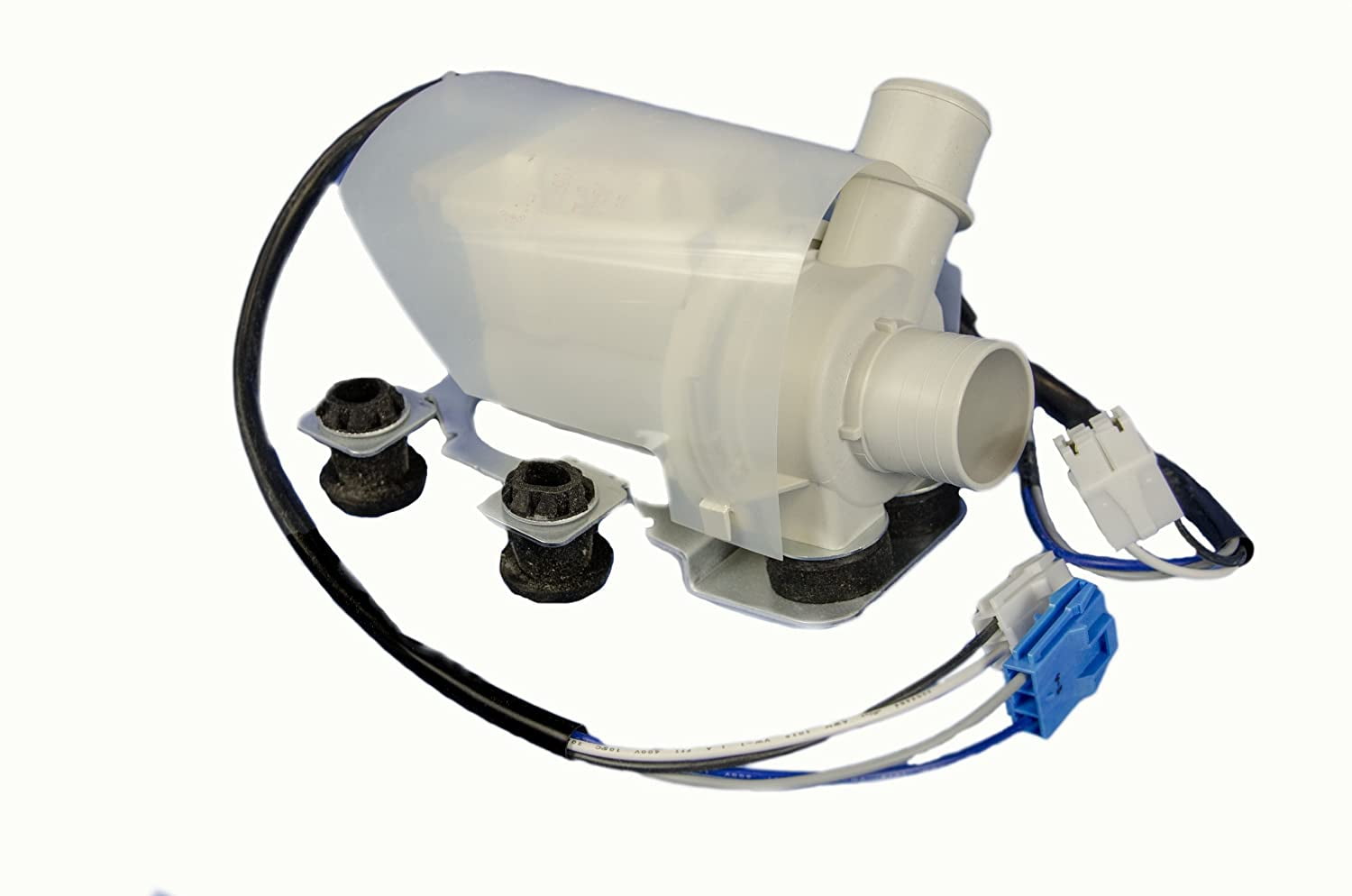

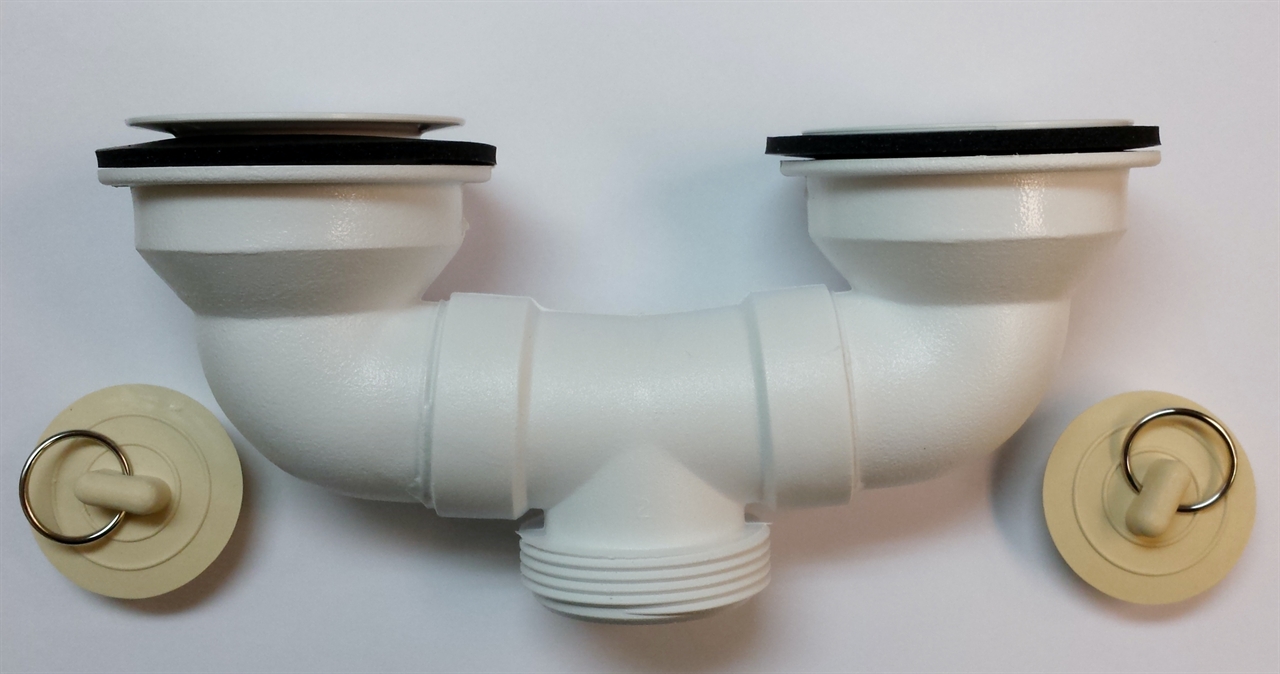
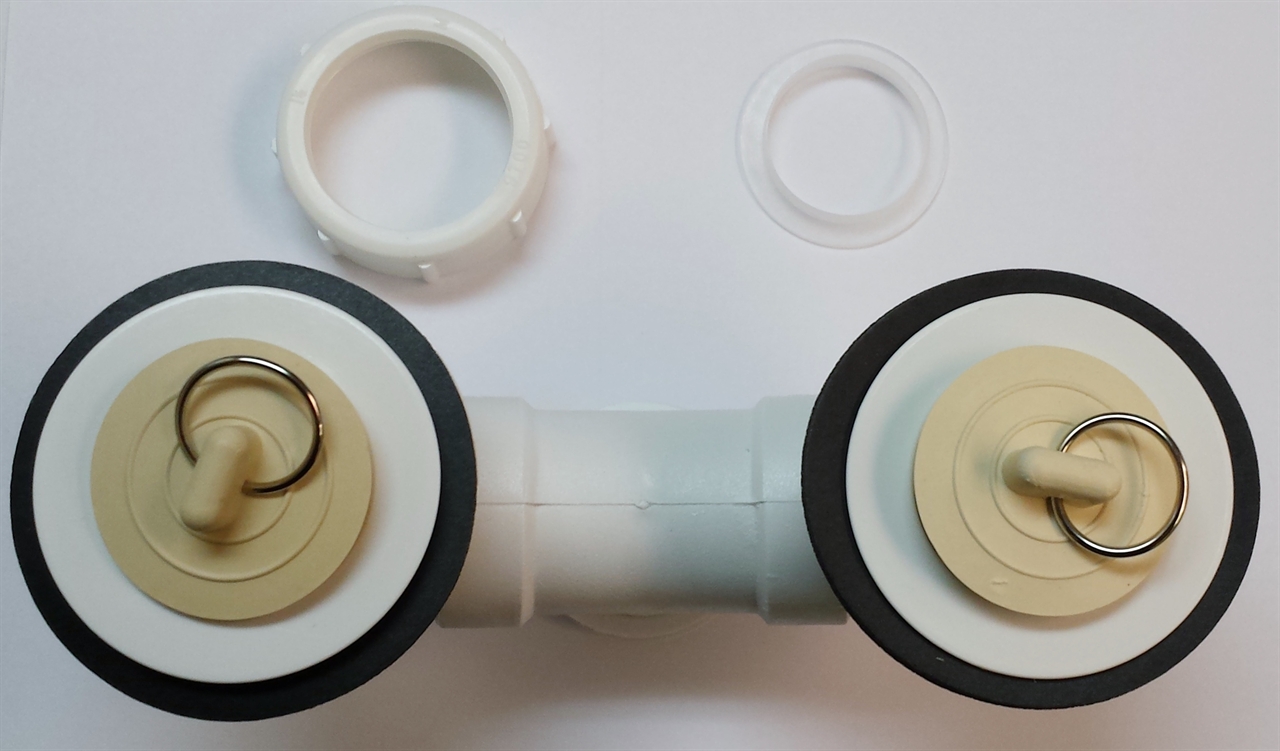

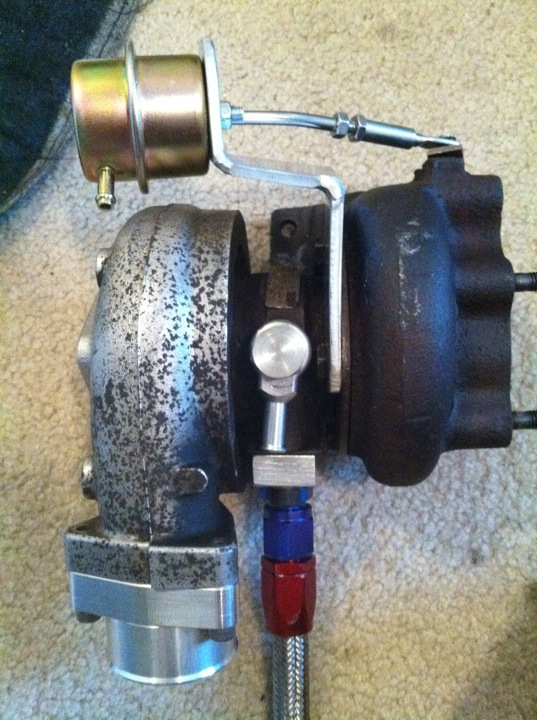

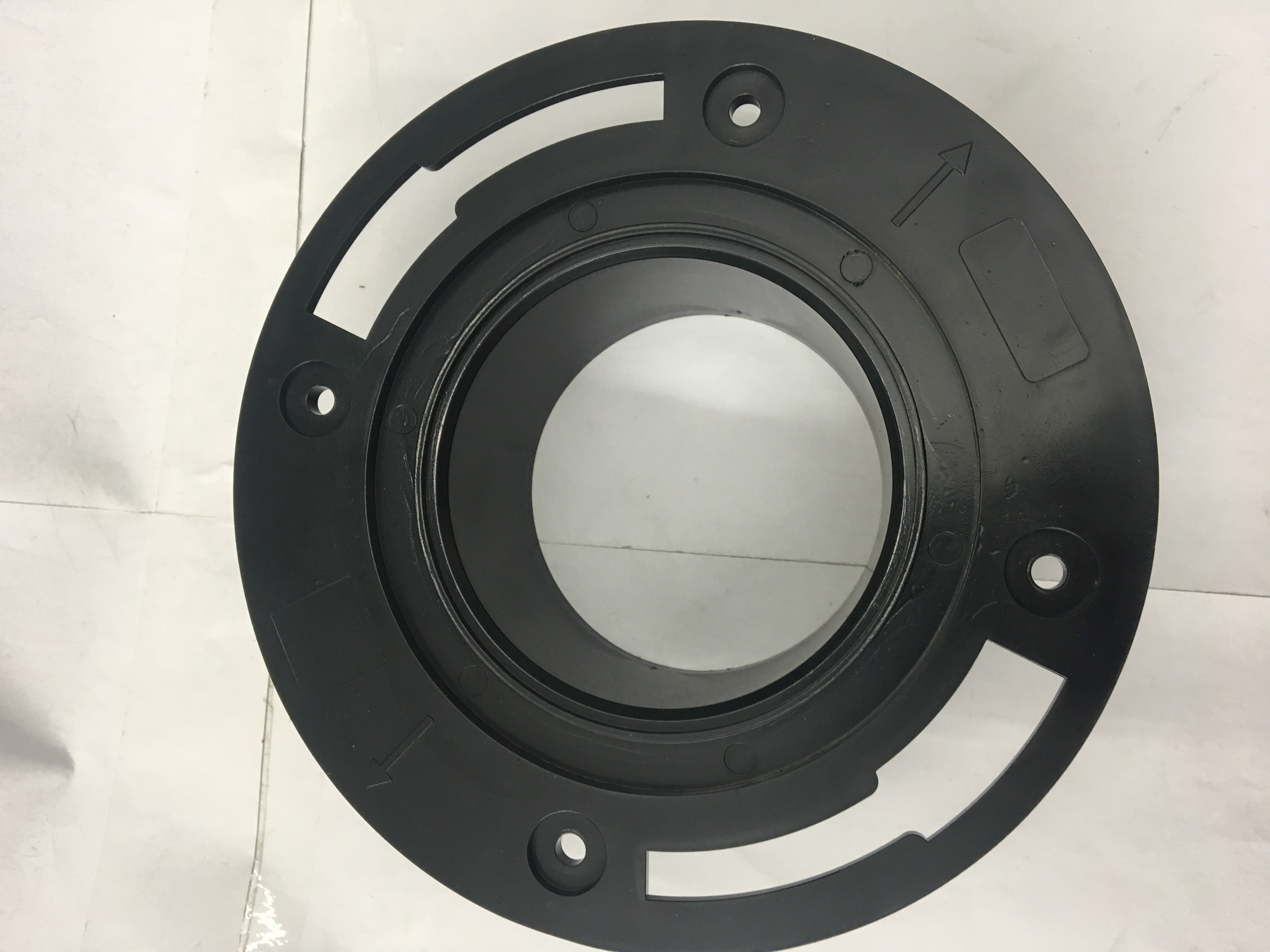



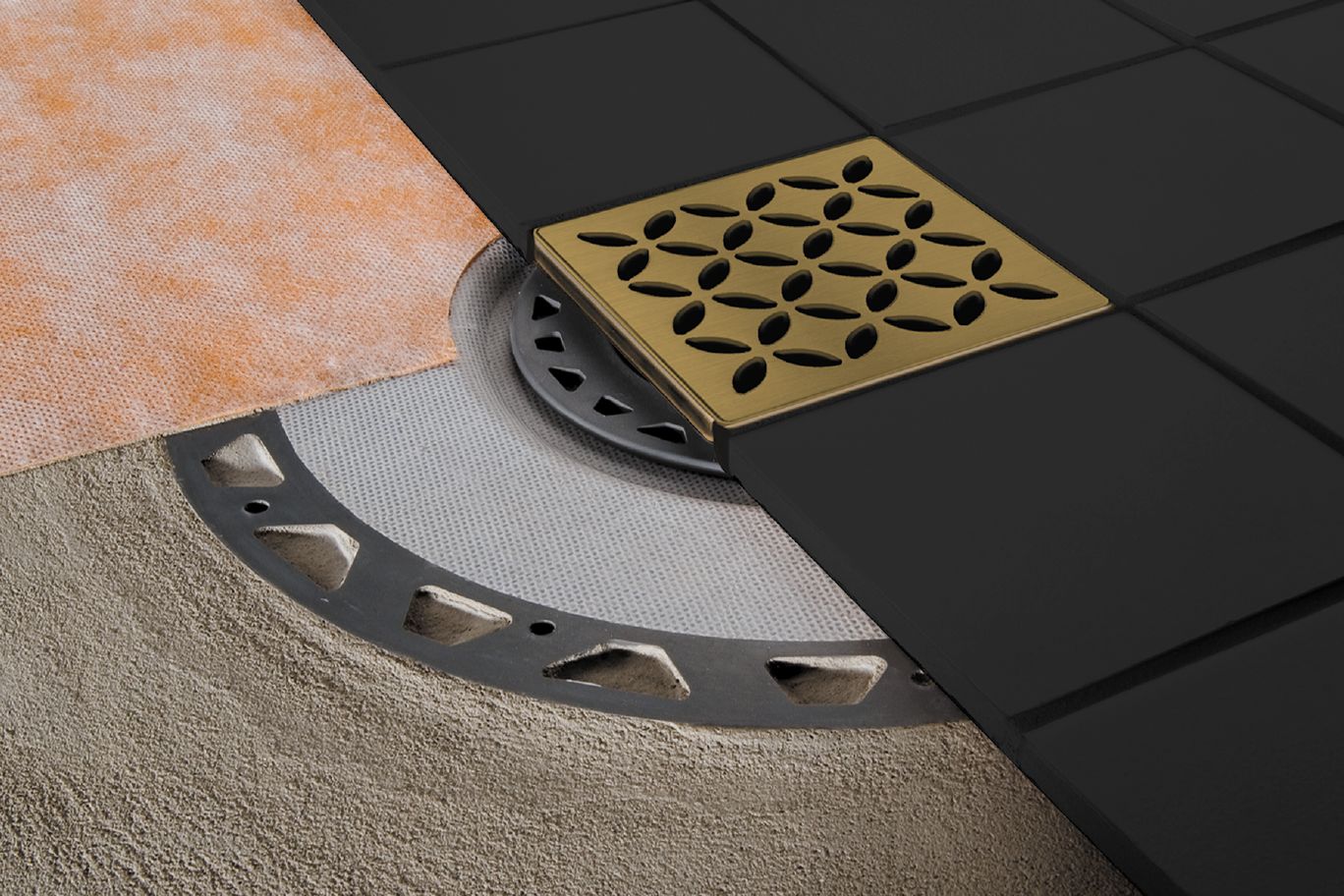


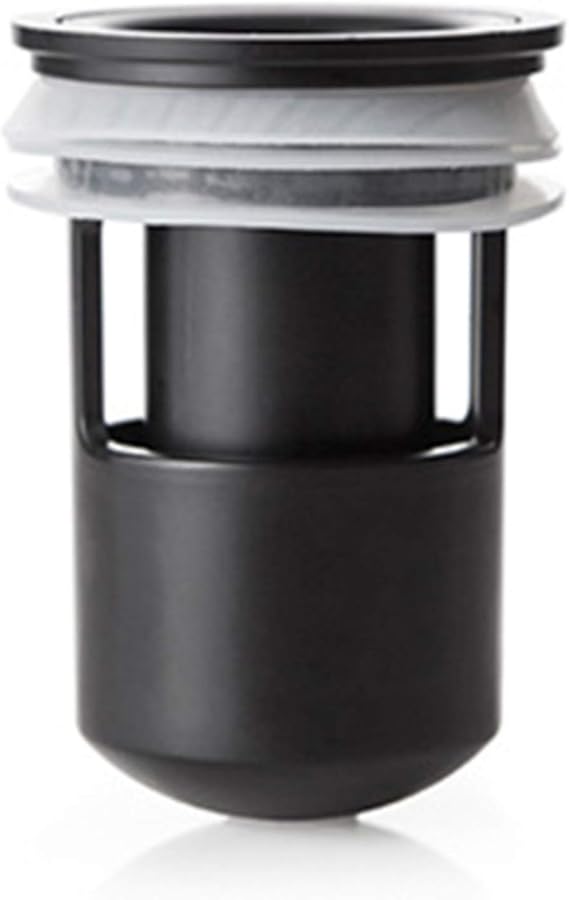



:max_bytes(150000):strip_icc()/bathtub-drain-stopper-types-2718995_FINAL-3c520aa60ba2477786c0a2b64de3834f-3f86776780154b1aad5a91124256e317.png)
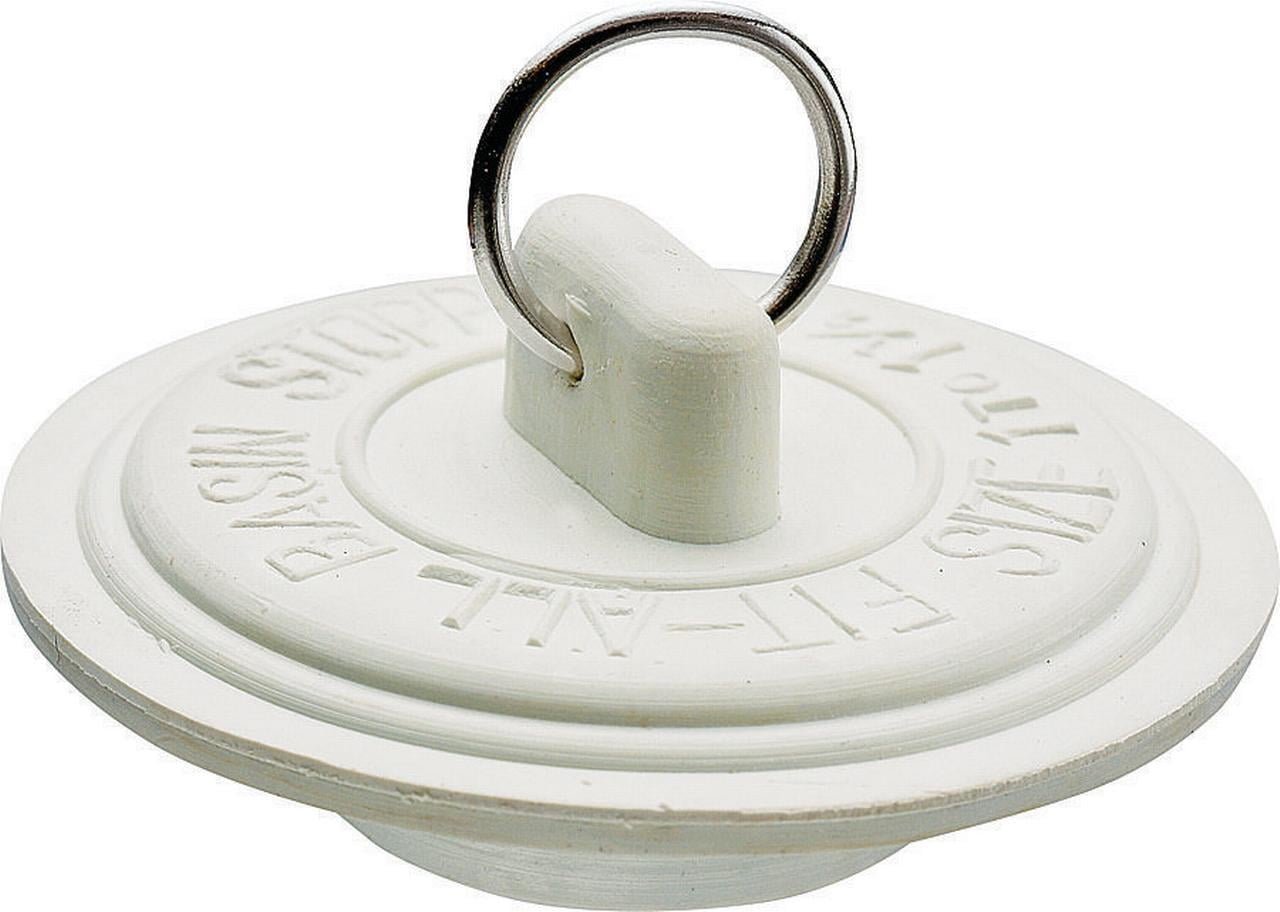
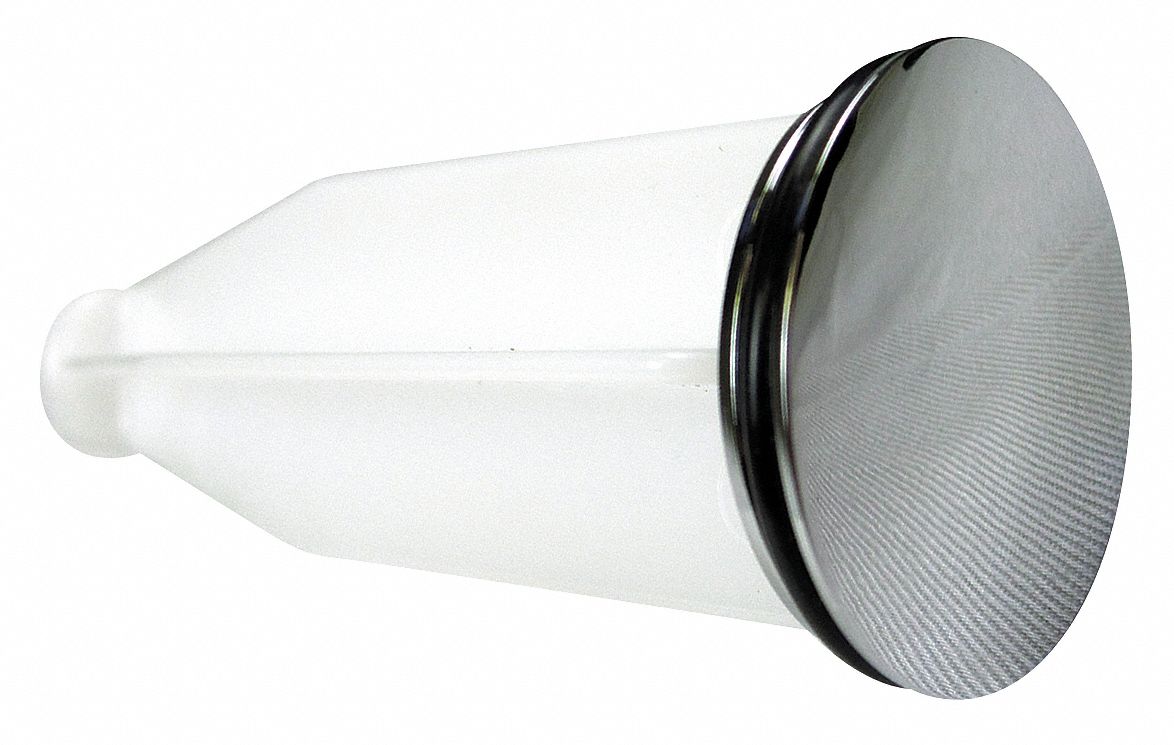
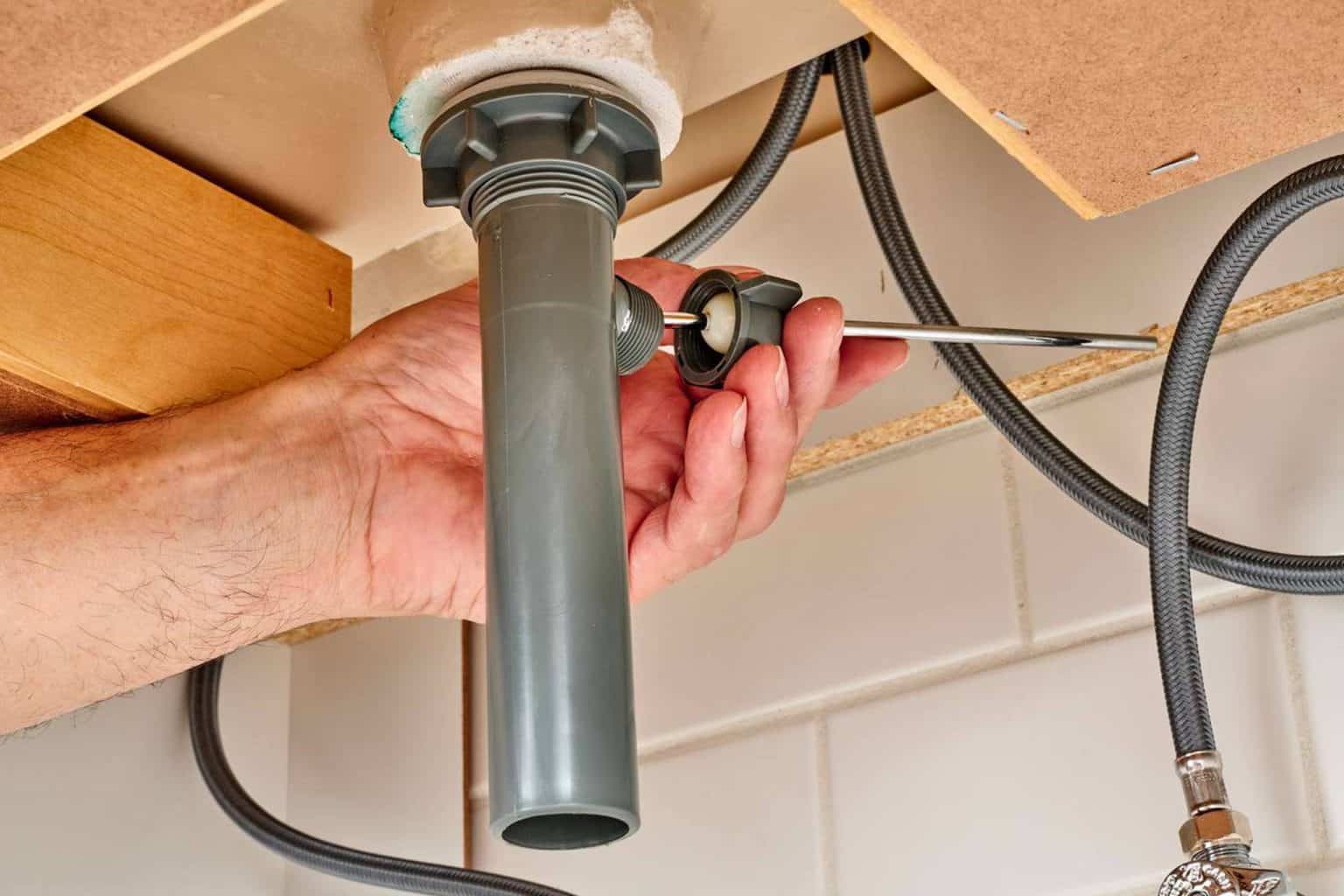
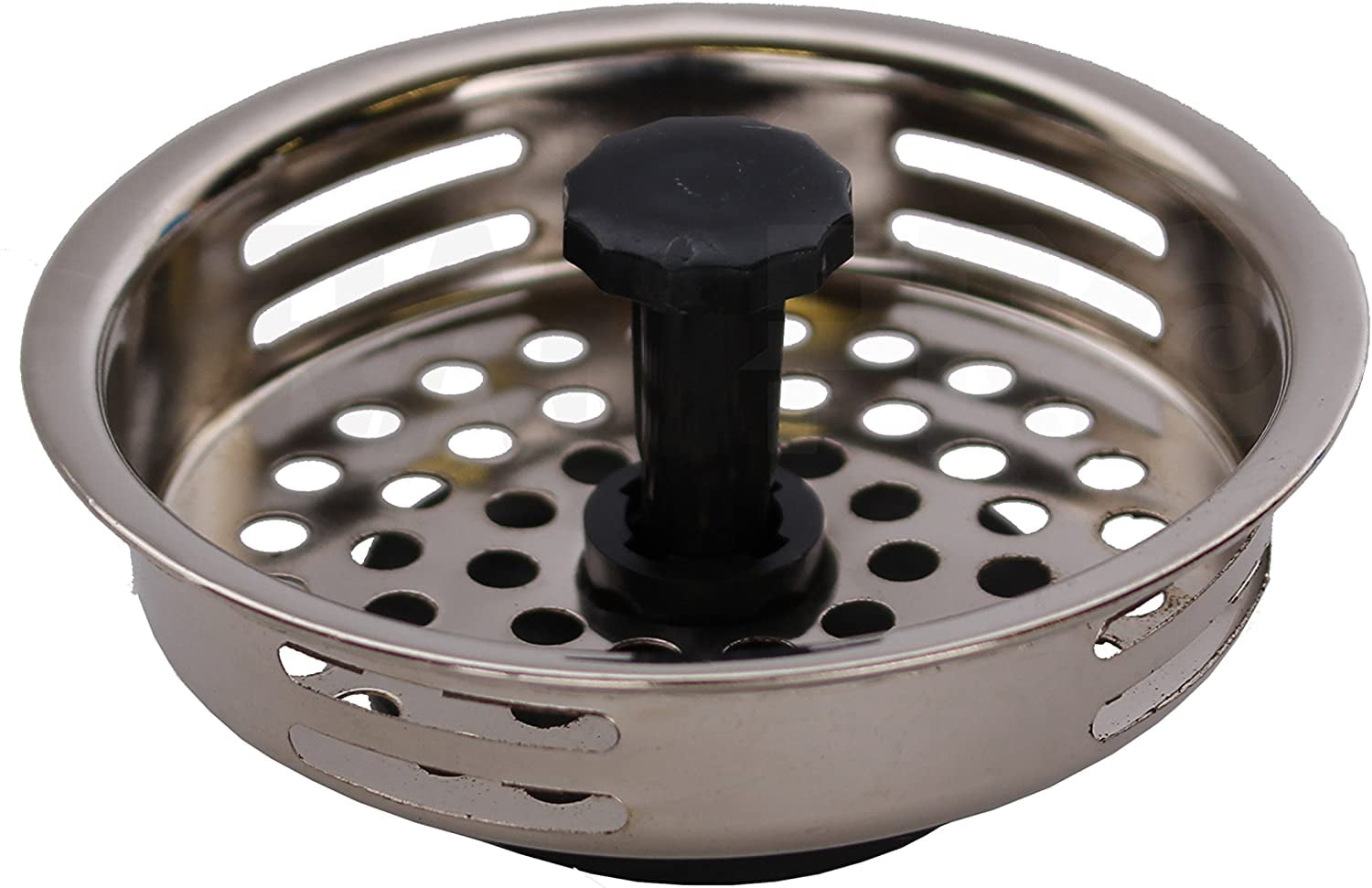
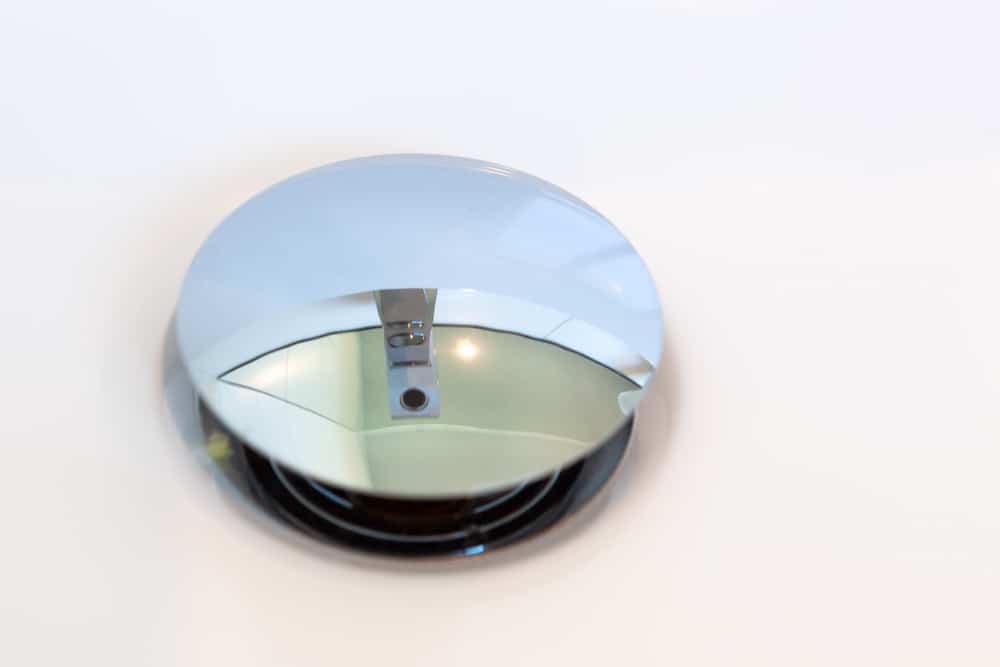
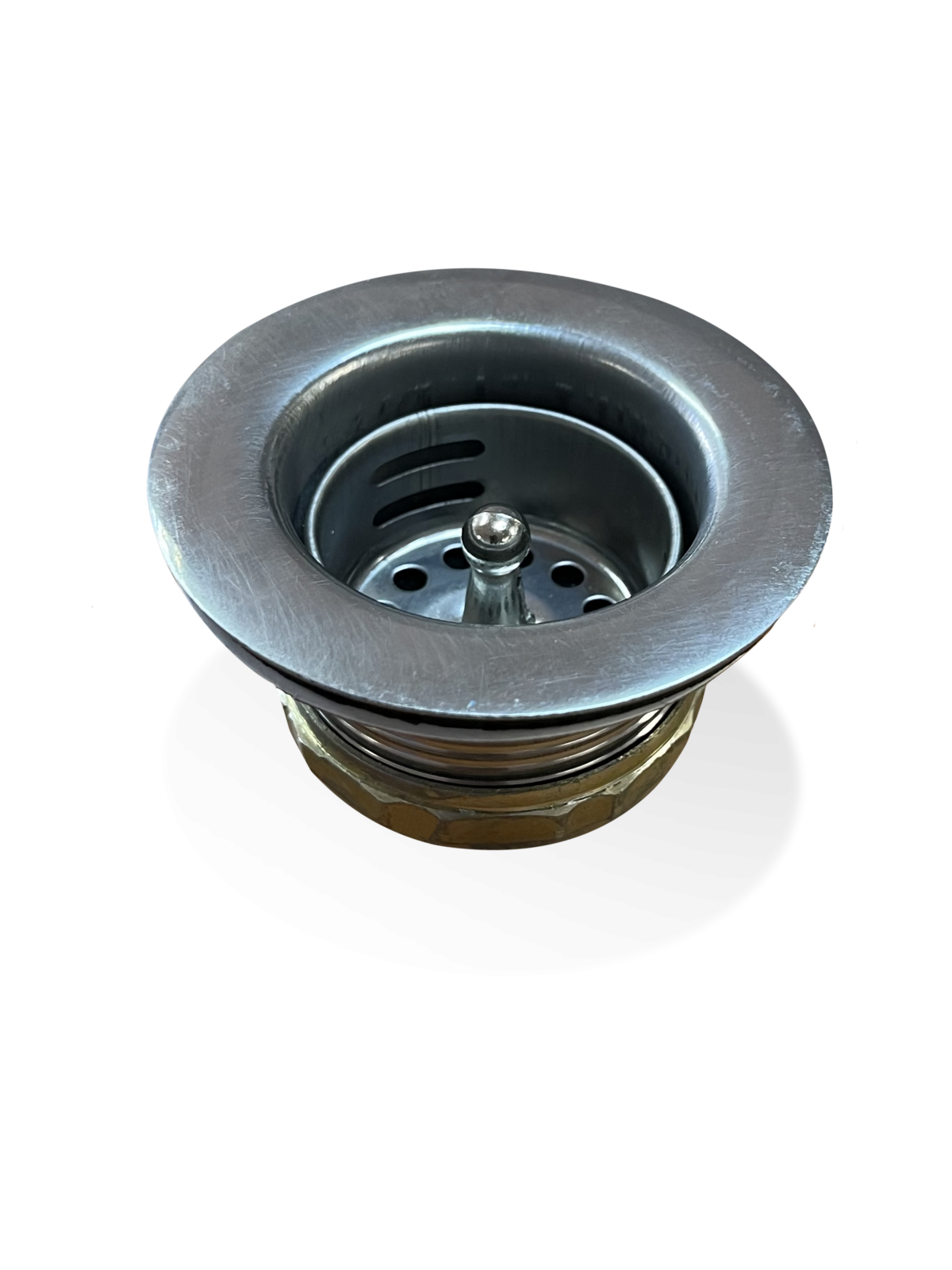
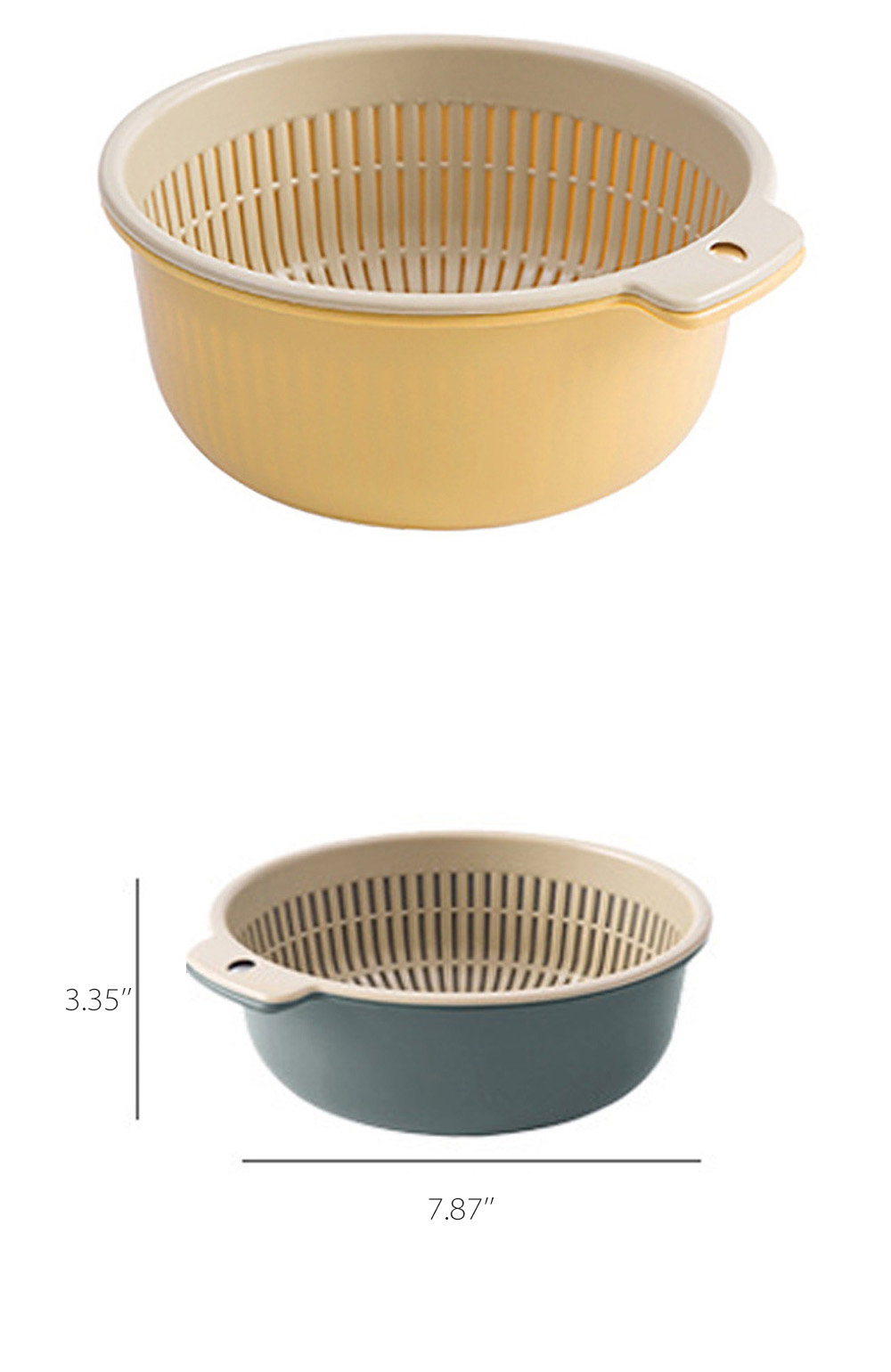



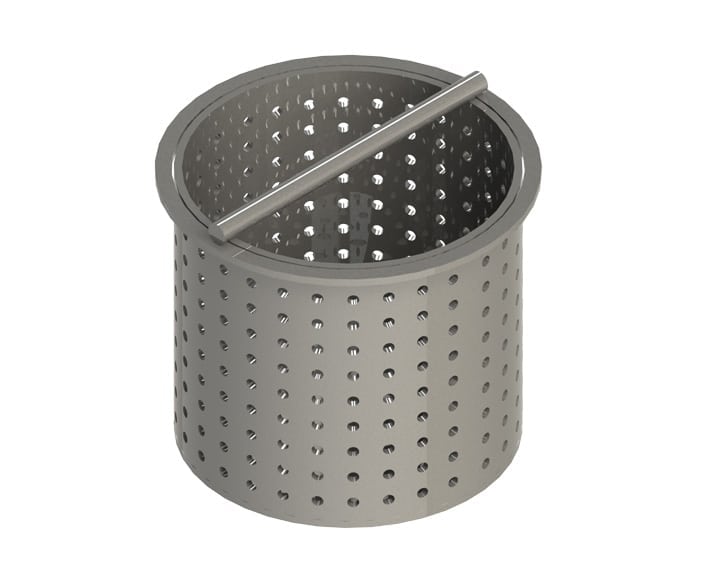


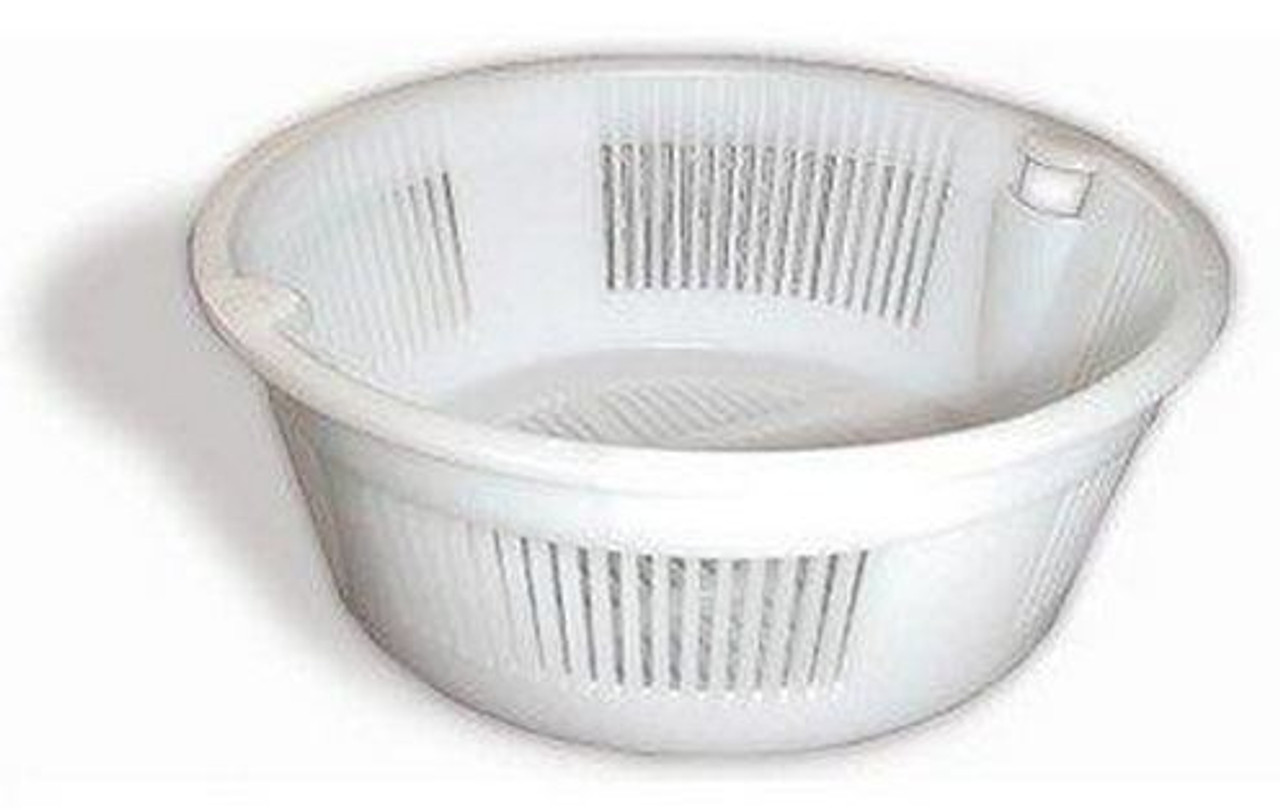
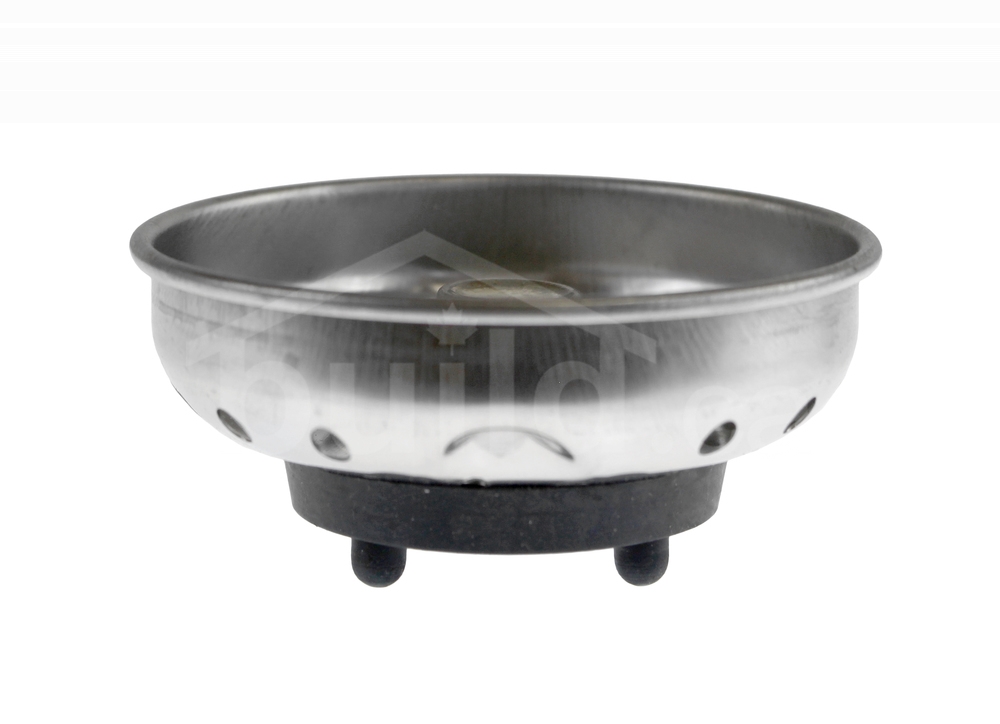
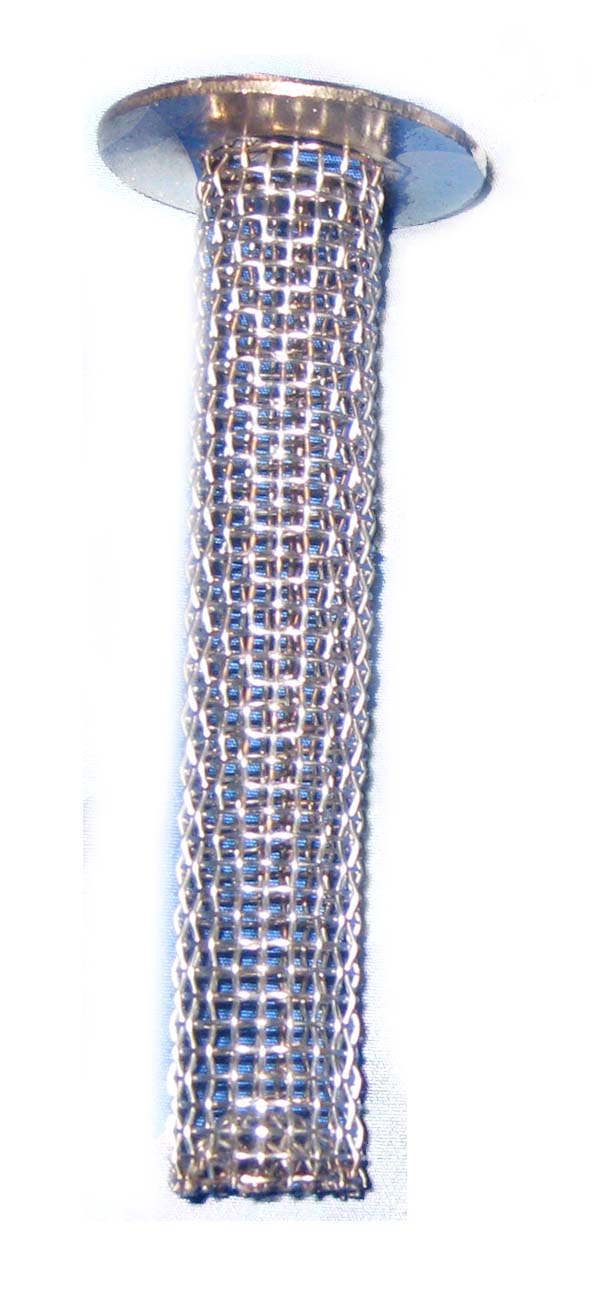
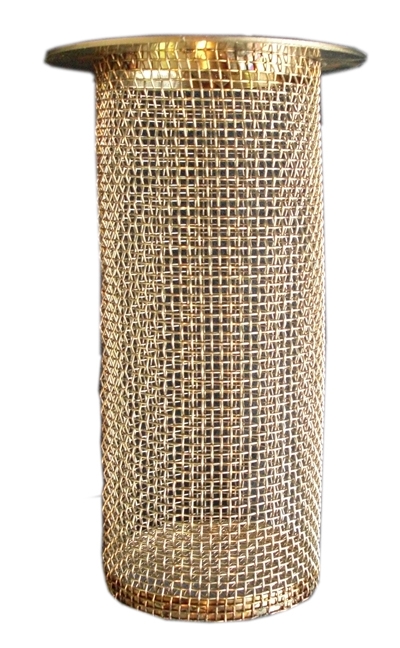

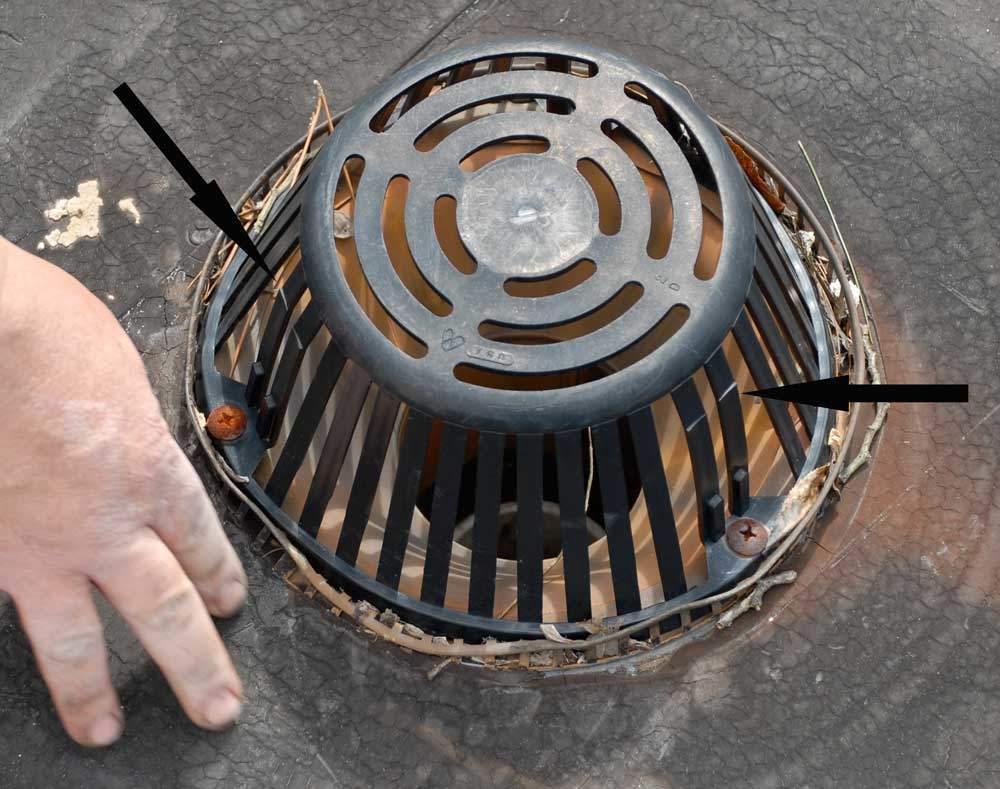
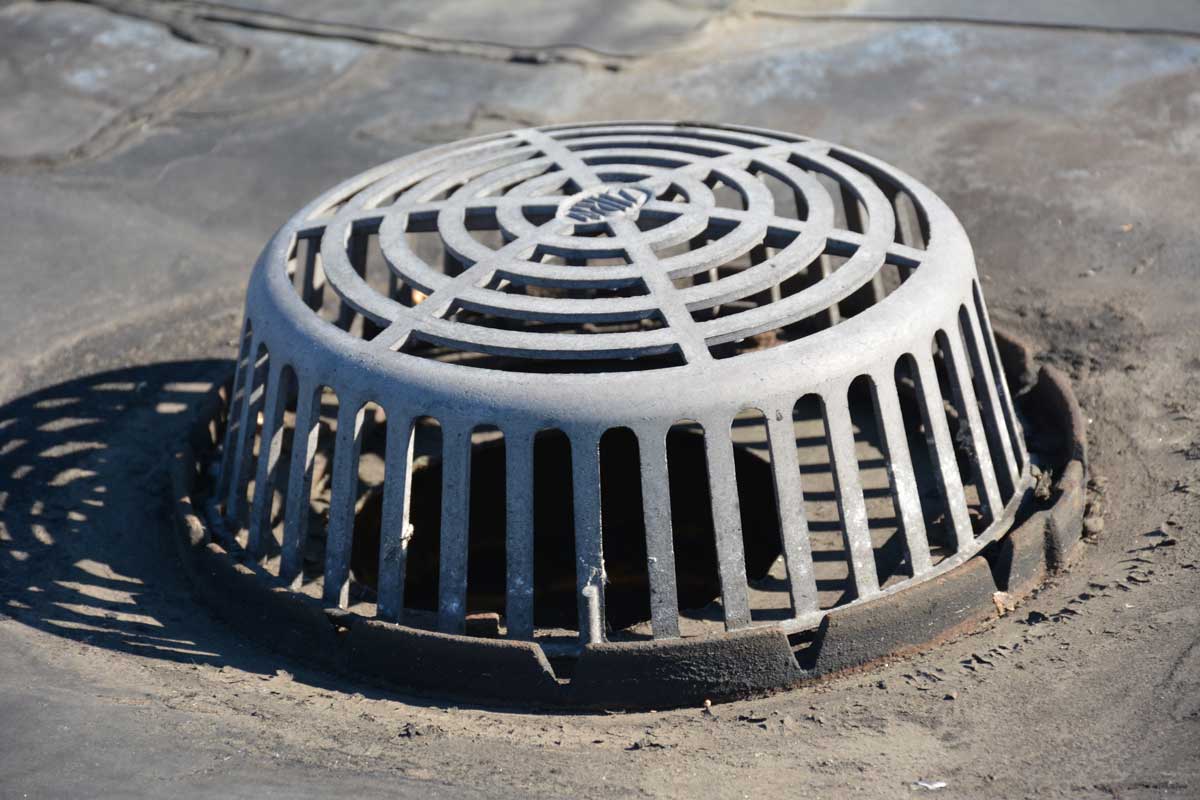
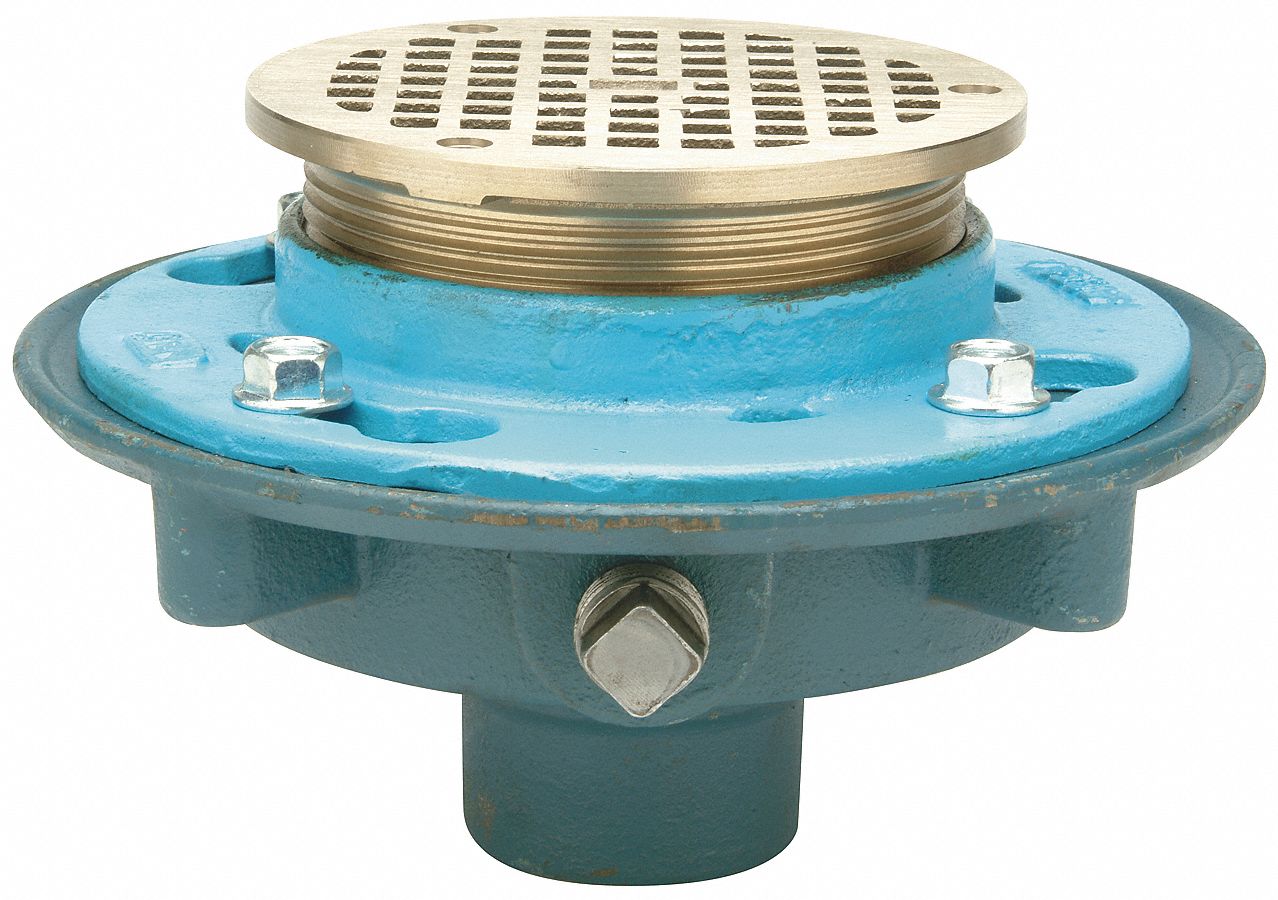


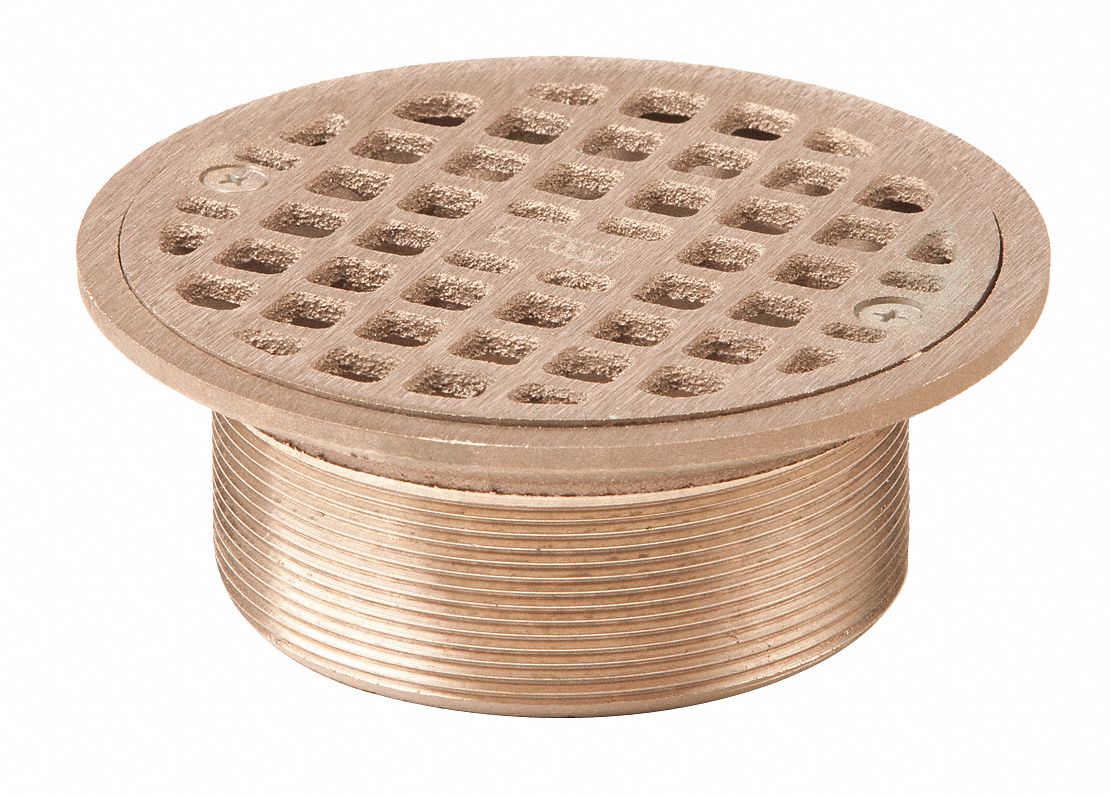
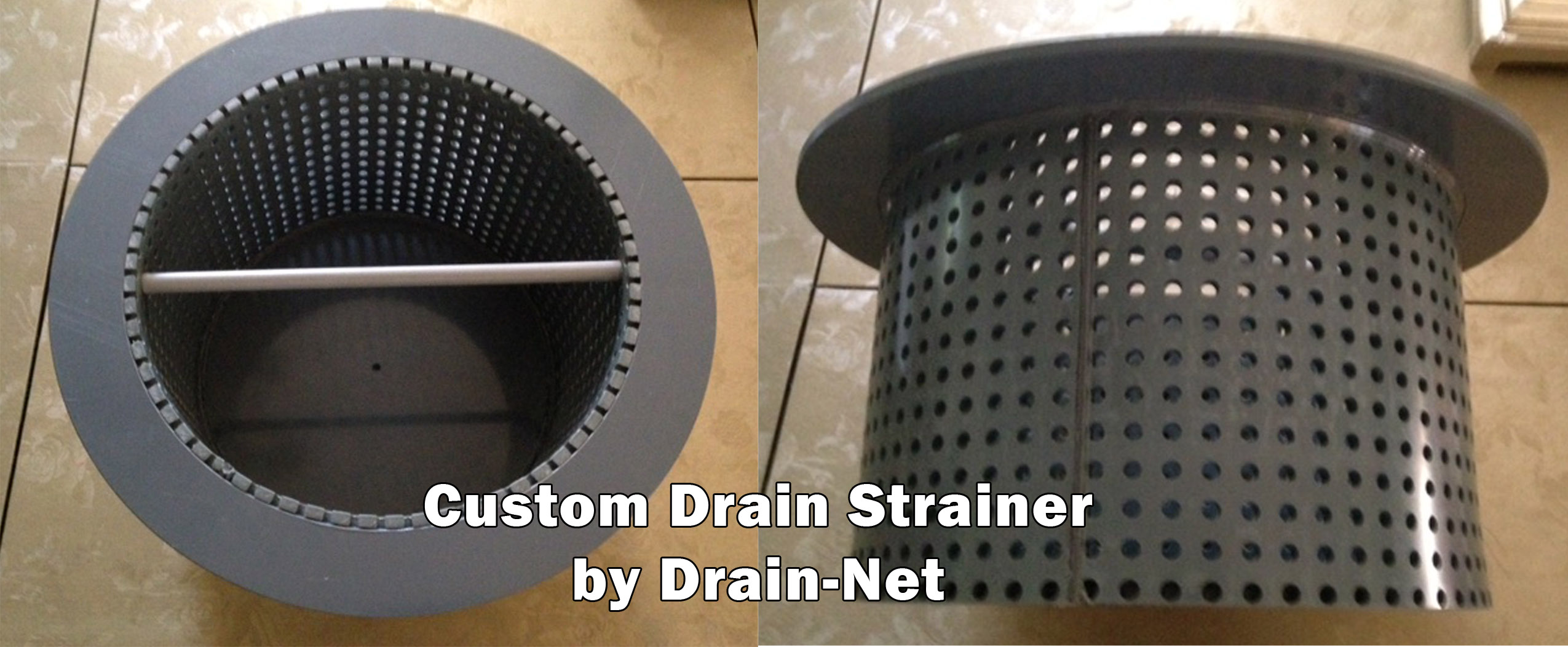

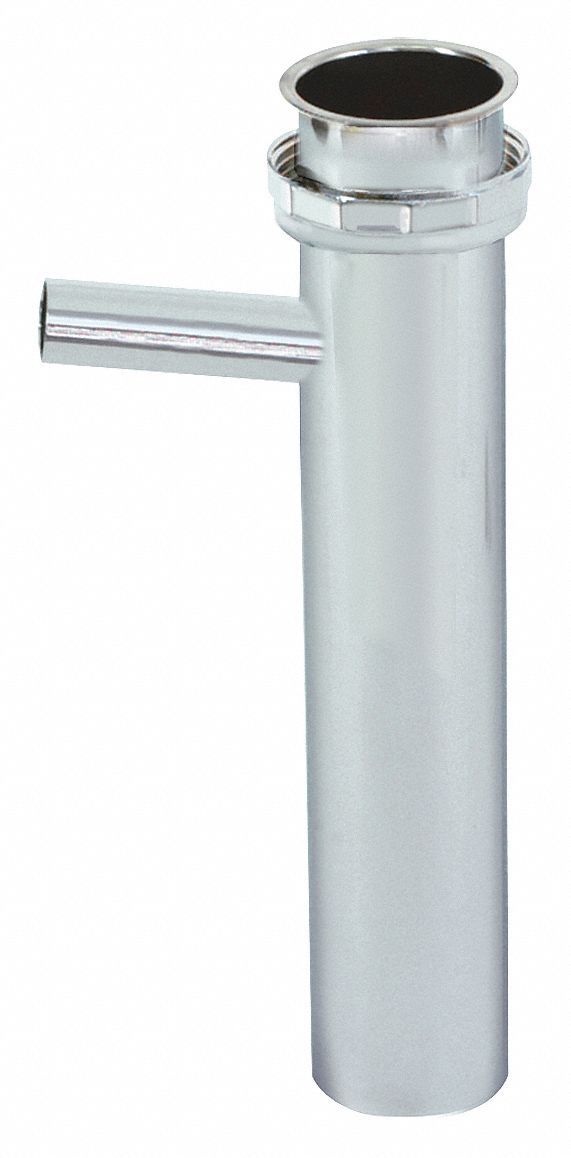



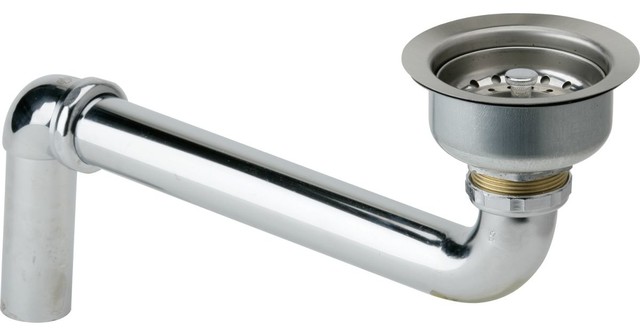
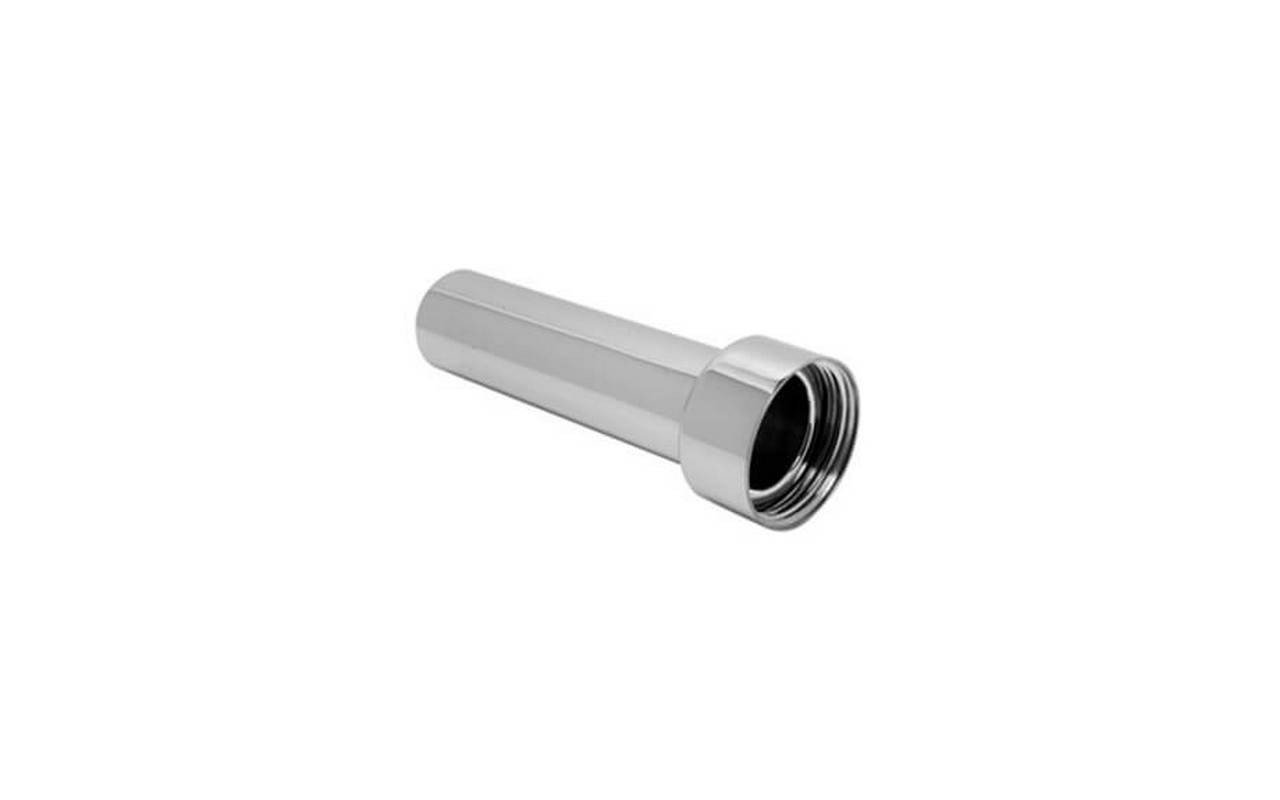








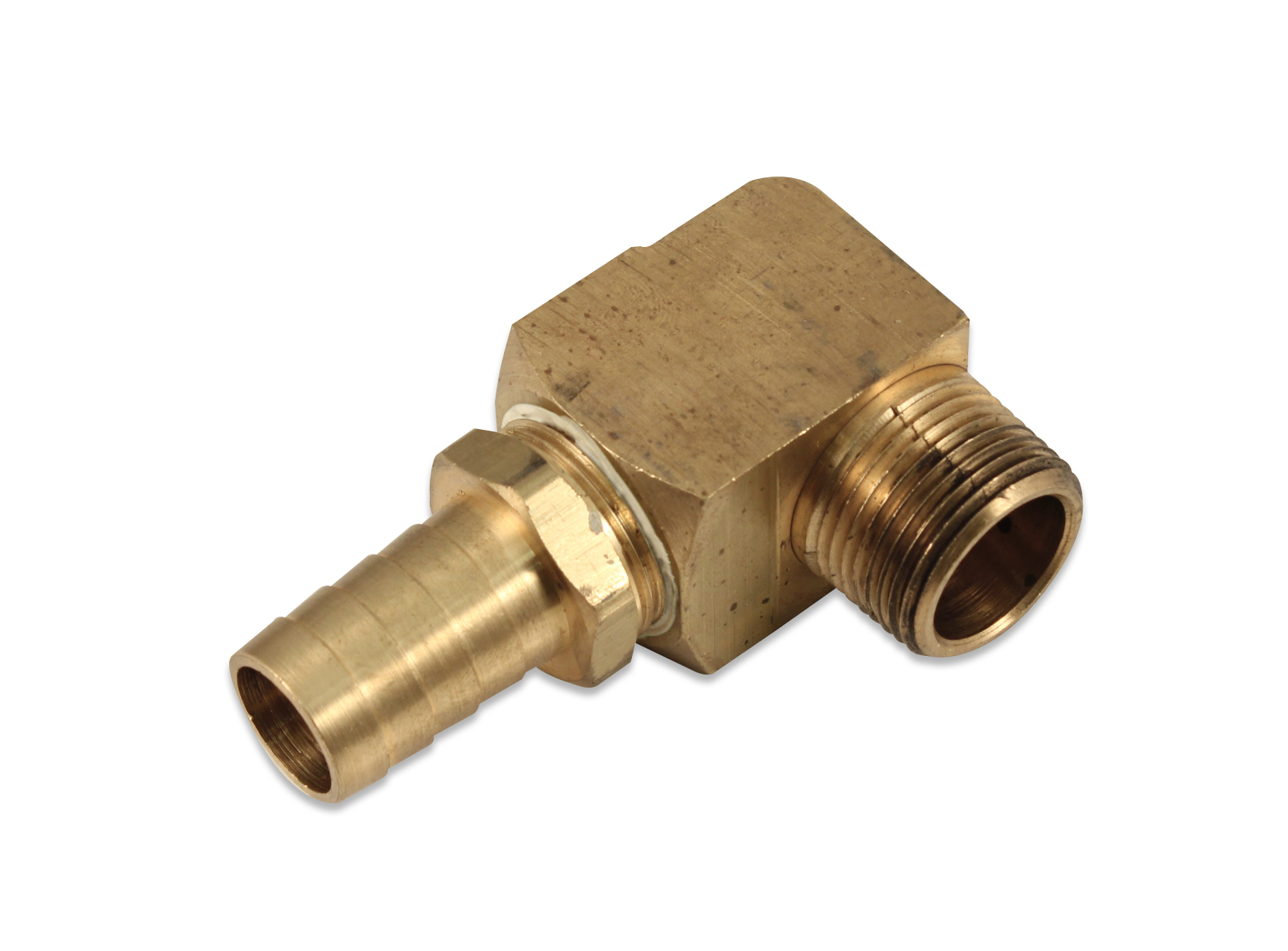











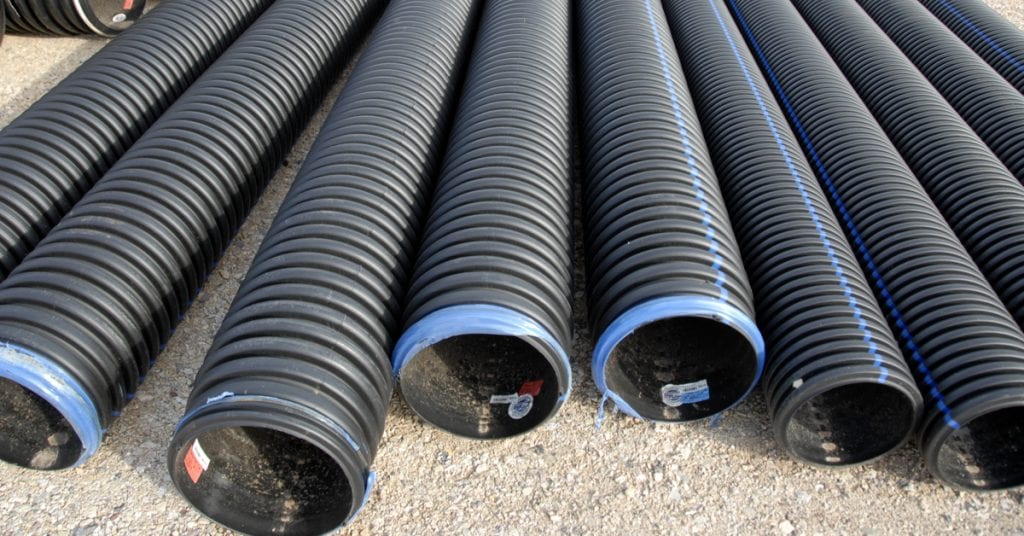

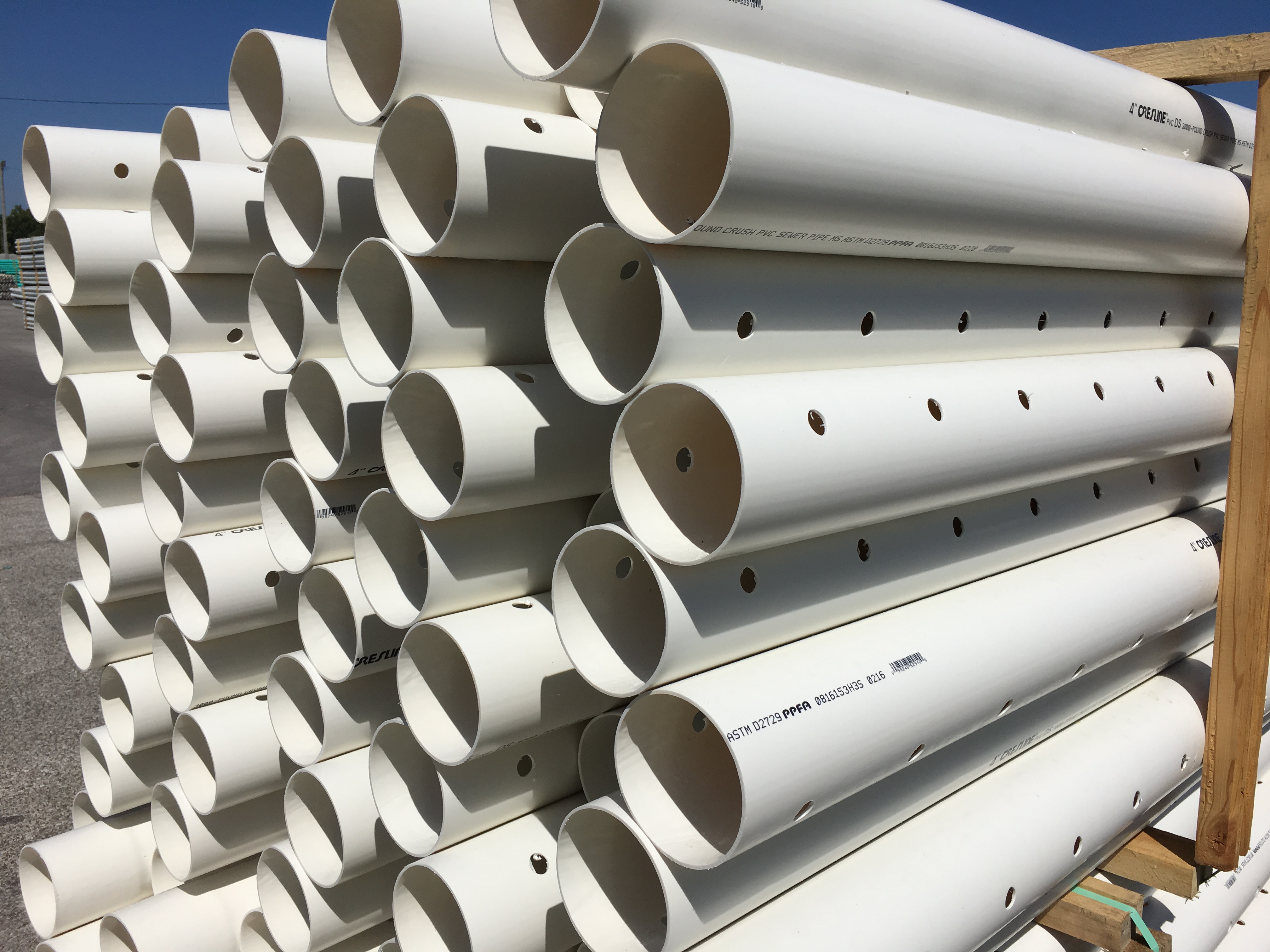
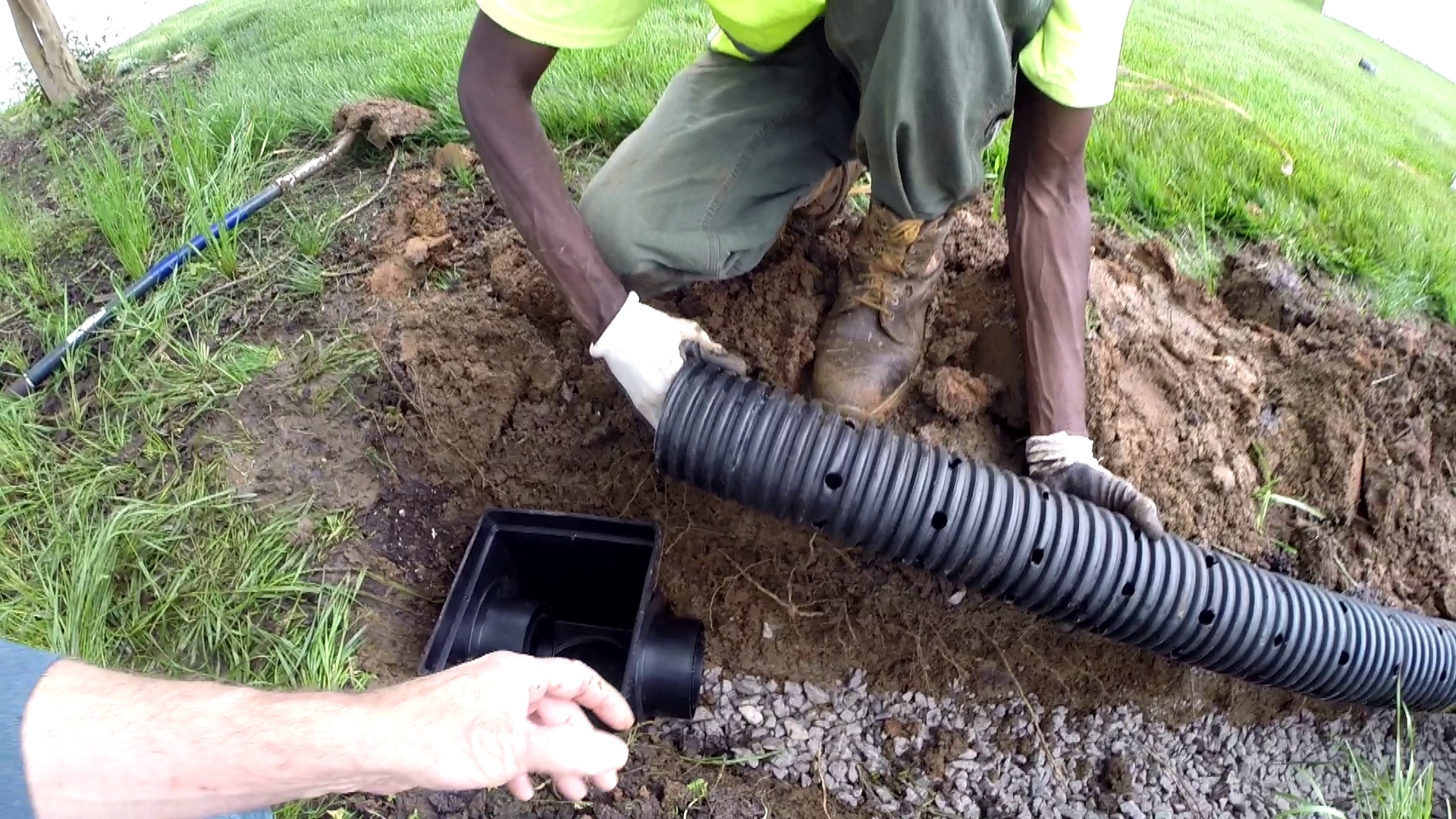
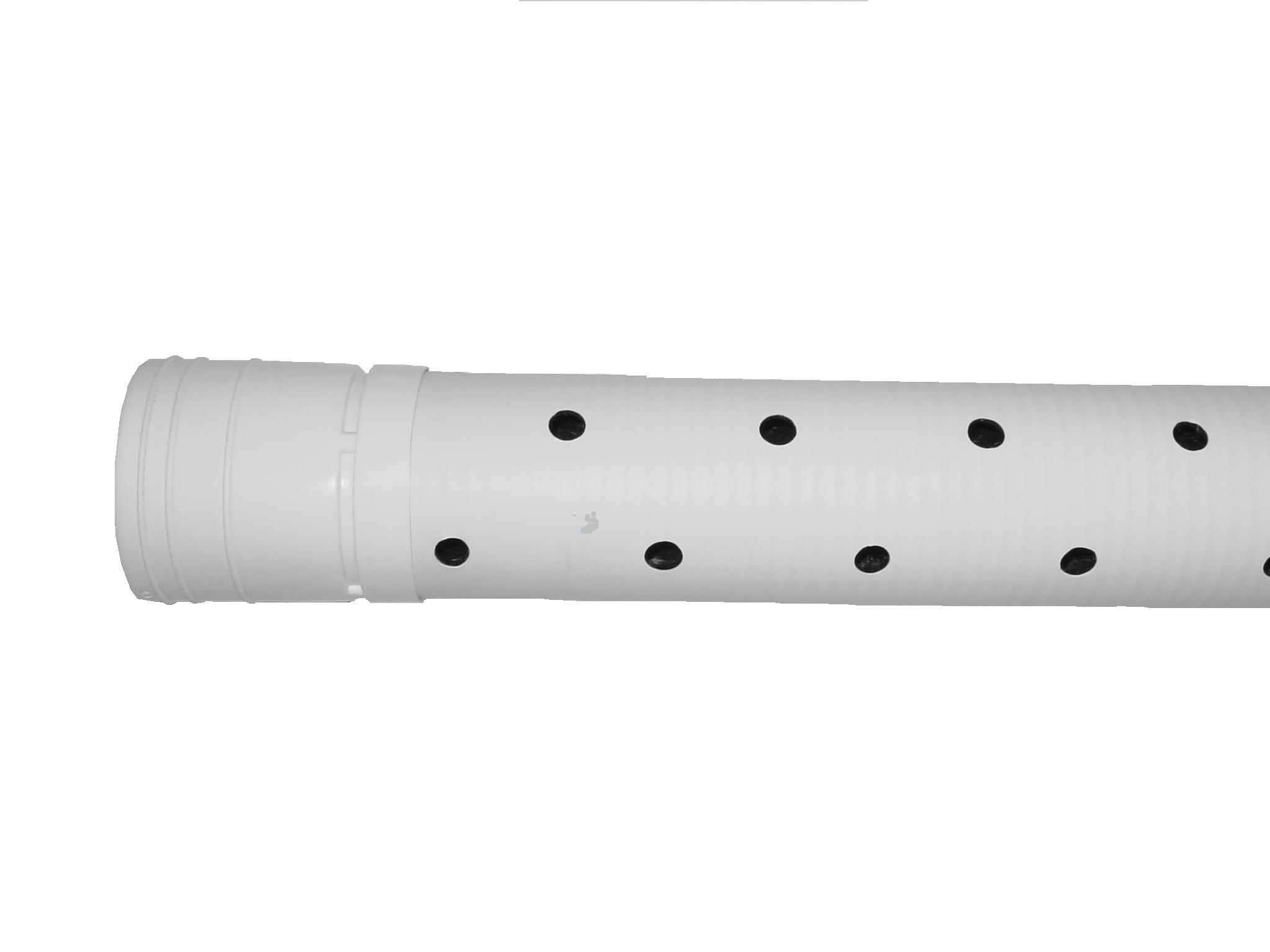




/sink-drain-trap-185105402-5797c5f13df78ceb869154b5.jpg)
